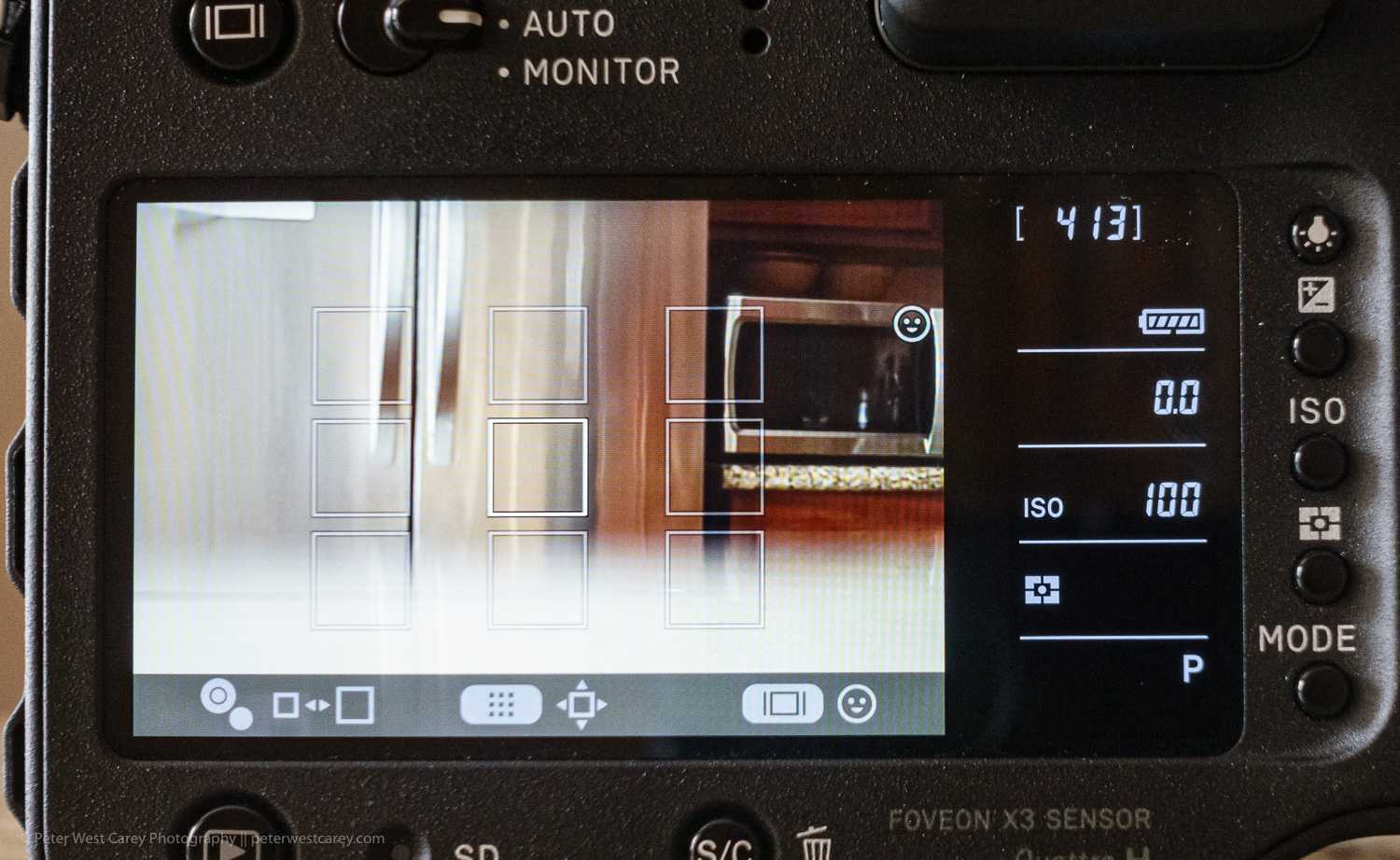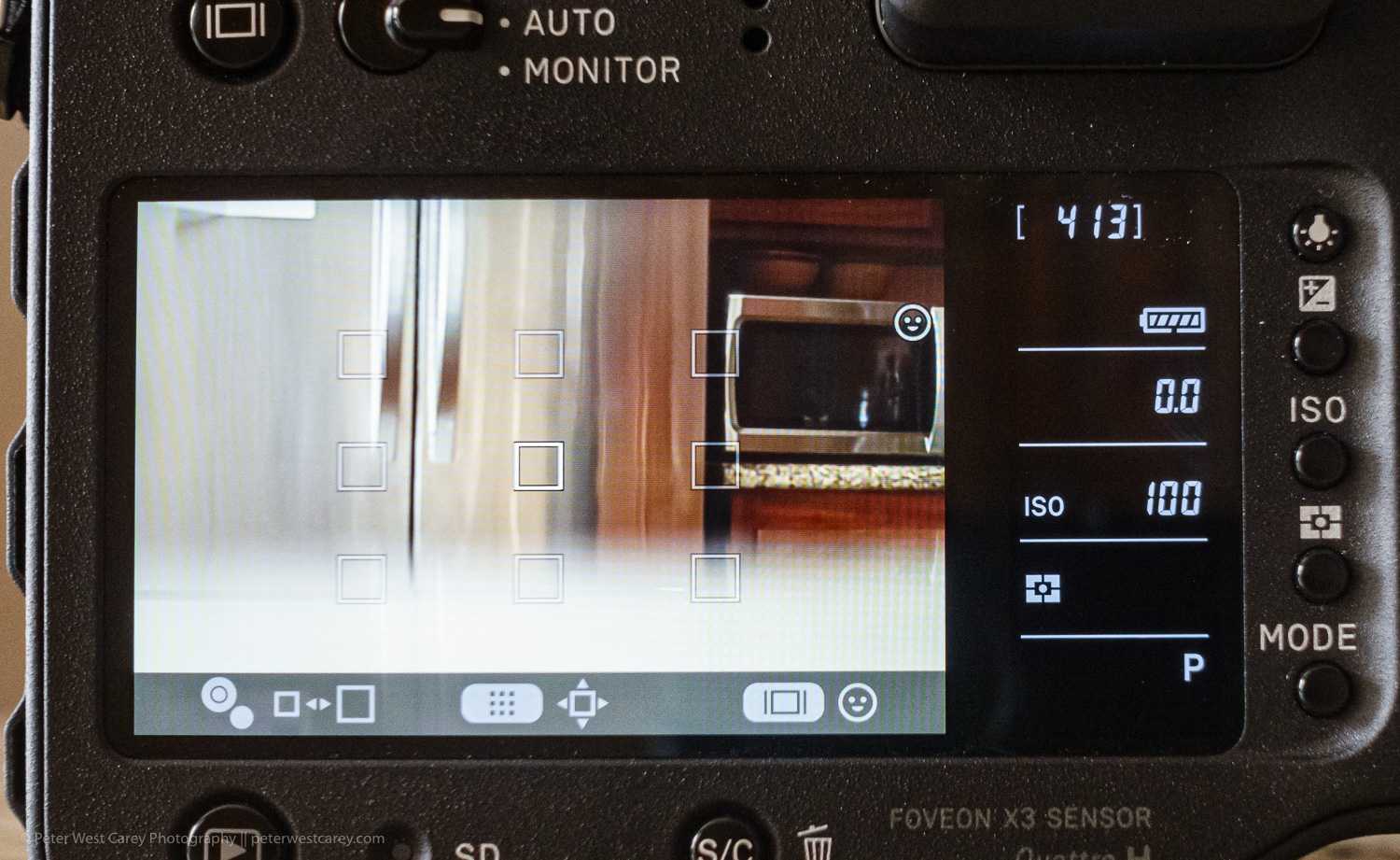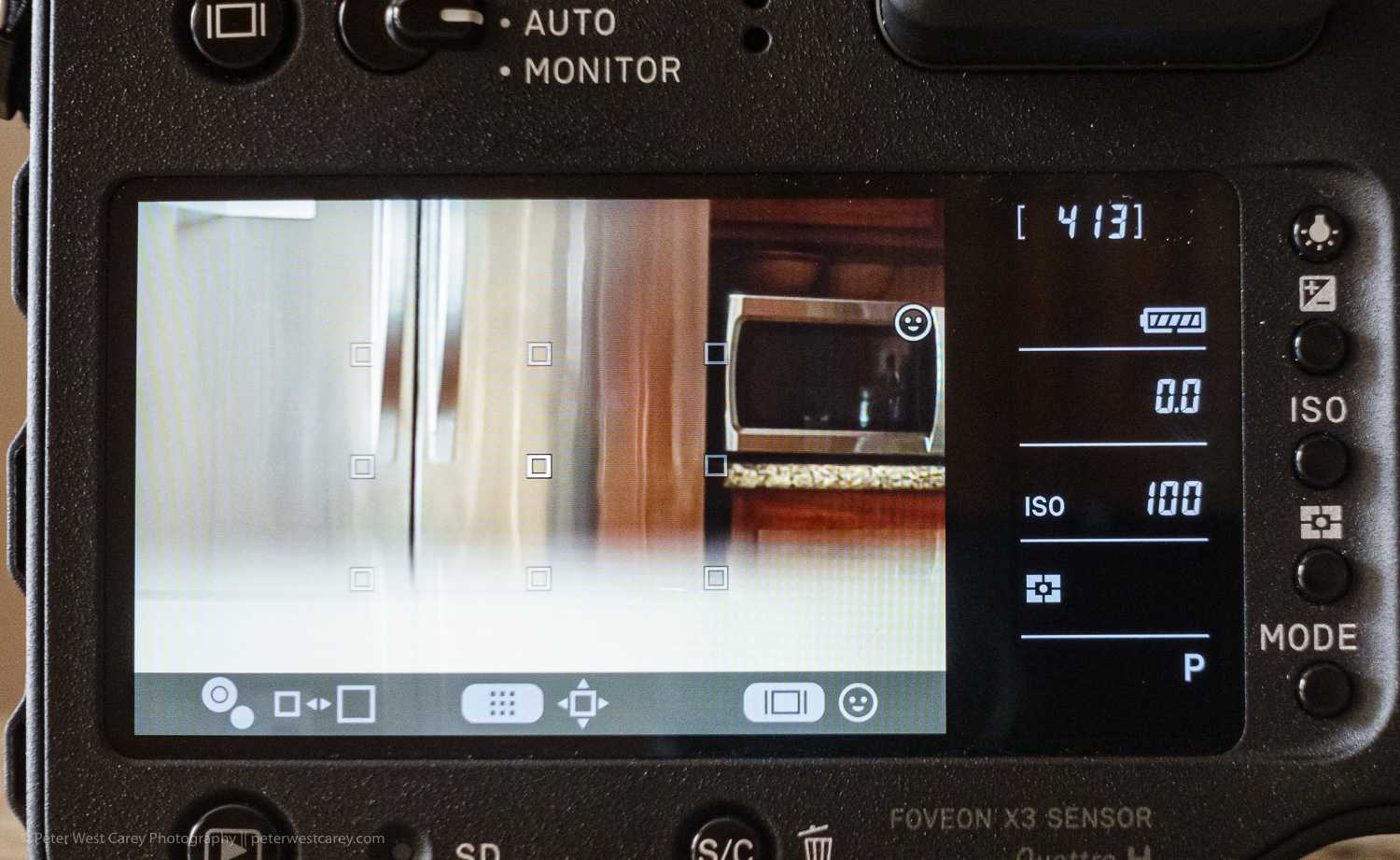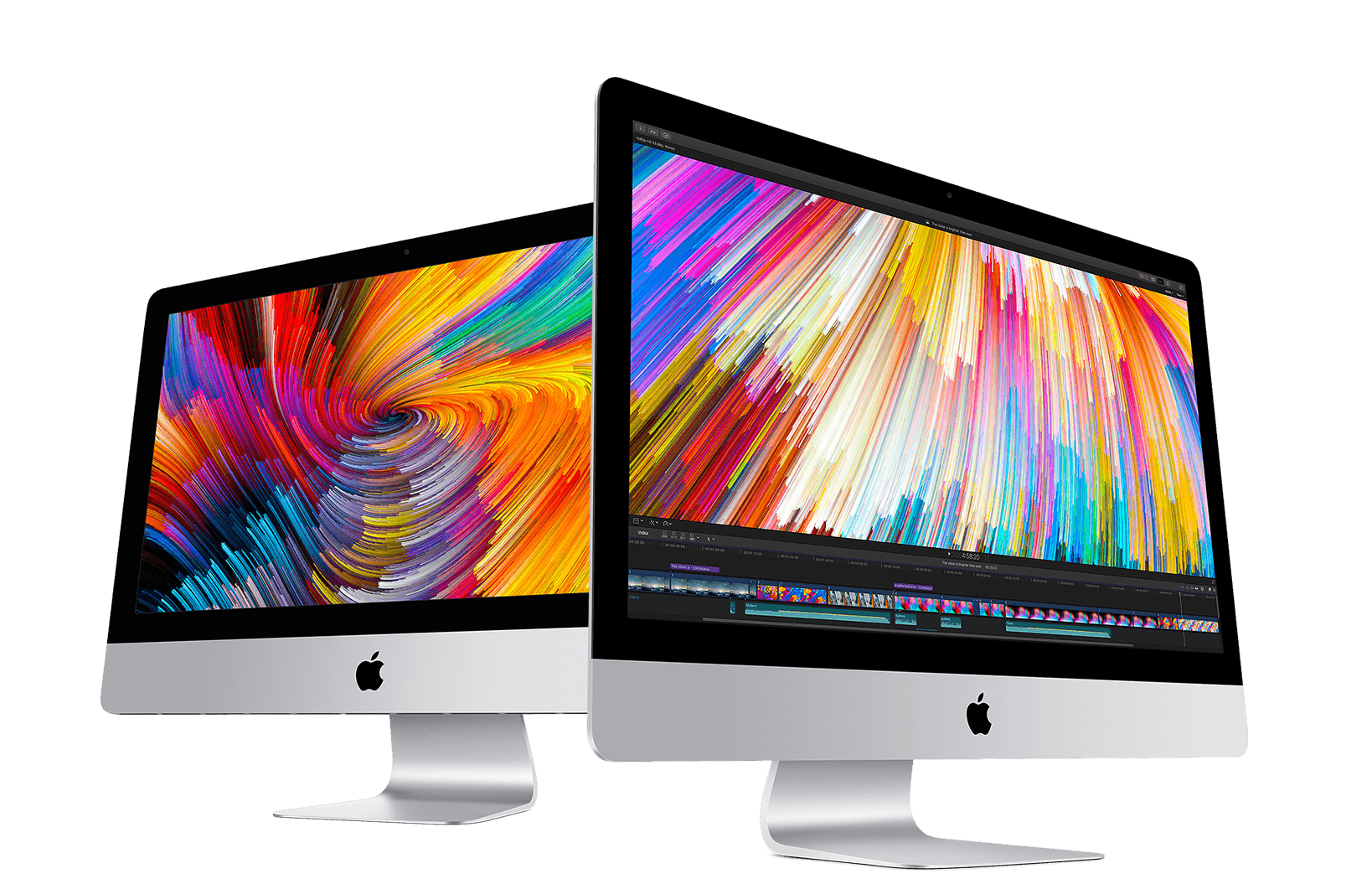Specifications
The Quattro H is an APS-H camera, which means it has a 1.3x crop factor. This makes the sensor in this camera slightly larger than APS-C and slightly smaller than full frame. The effective angle of view you can expect from a standard 50mm lens would be around 65mm, which is not a huge crop, but a crop nonetheless. This camera is able to produce images with a resolution of 25.5mp when shooting JPEG or DNG; however, you can double the resolution if you shoot in Sigma’s proprietary raw format.
The imaging sensor in this camera is different, to say the least. It’s probably not something you’ve experienced before. Imaging sensors in most cameras operate by having different pixels in a certain formation. Each individual pixel will only record one of the three colors (red, blue or green) and essentially, the rest are interpolated. Bayer sensors have a particular formation and Fujifilm’s X-Trans sensors have a slightly different formation; however, they both operate with similar technologies and with a similar method relatively speaking.

Sigma, on the other hand, uses Foveon sensors, and without getting too technical, the sensors work by recording light based on their respective frequencies. Using three layers in the sensor means that light will hit the sensor at slightly different depths. Red light, with its much longer wavelength, will hit the sensor at a different depth when compared to blue light, which has a shorter wavelength. This means there’s very little-to-no interpolation and each pixel records all three colors individually. Ultimately, this means this camera can produce some of the best and most accurate colors. The Quattro H uses a filter in front of the sensor, which is a requirement, because without it, all of the colors look purple and cannot be recovered. The problem with this is that you have a glass filter constantly in front of your sensor and this could cause issues. The filter in the camera I received arrived broken; fortunately, no damage was done to the sensor.
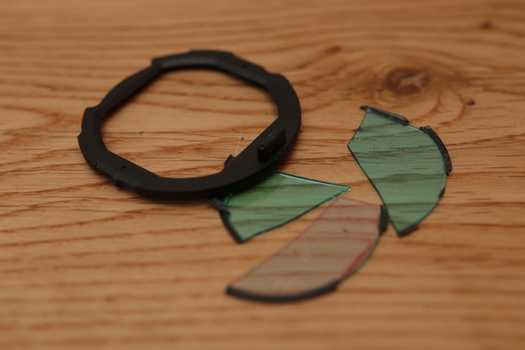
Conclusion
The Sigma sd Quattro H camera is a mixed bag with a specific audience. They have made strides in shooting speed and buffering over time (the first iterations of their Foveon sensor cameras were quite slow, almost to the point of uselessness) and that has helped bring up overall usefulness.
If you are a landscape photographer and take things slow, this is a great camera for incredible detail. Travel photographers will enjoy the camera (if they aren’t shooting a lot of fast action) for the lack of moiré in buildings and other patterns found while exploring. I can also see macro photographers gaining a lot from the details and Focus Peeking feature.
However, the speed of shooting and speed of auto-focus can hold this camera back for the average photographer. It can be a bit frustrating to wait for images to appear and battery life is less than most of its competitors.
Have you used this camera? What are your thoughts? Please share with us in the comments section.
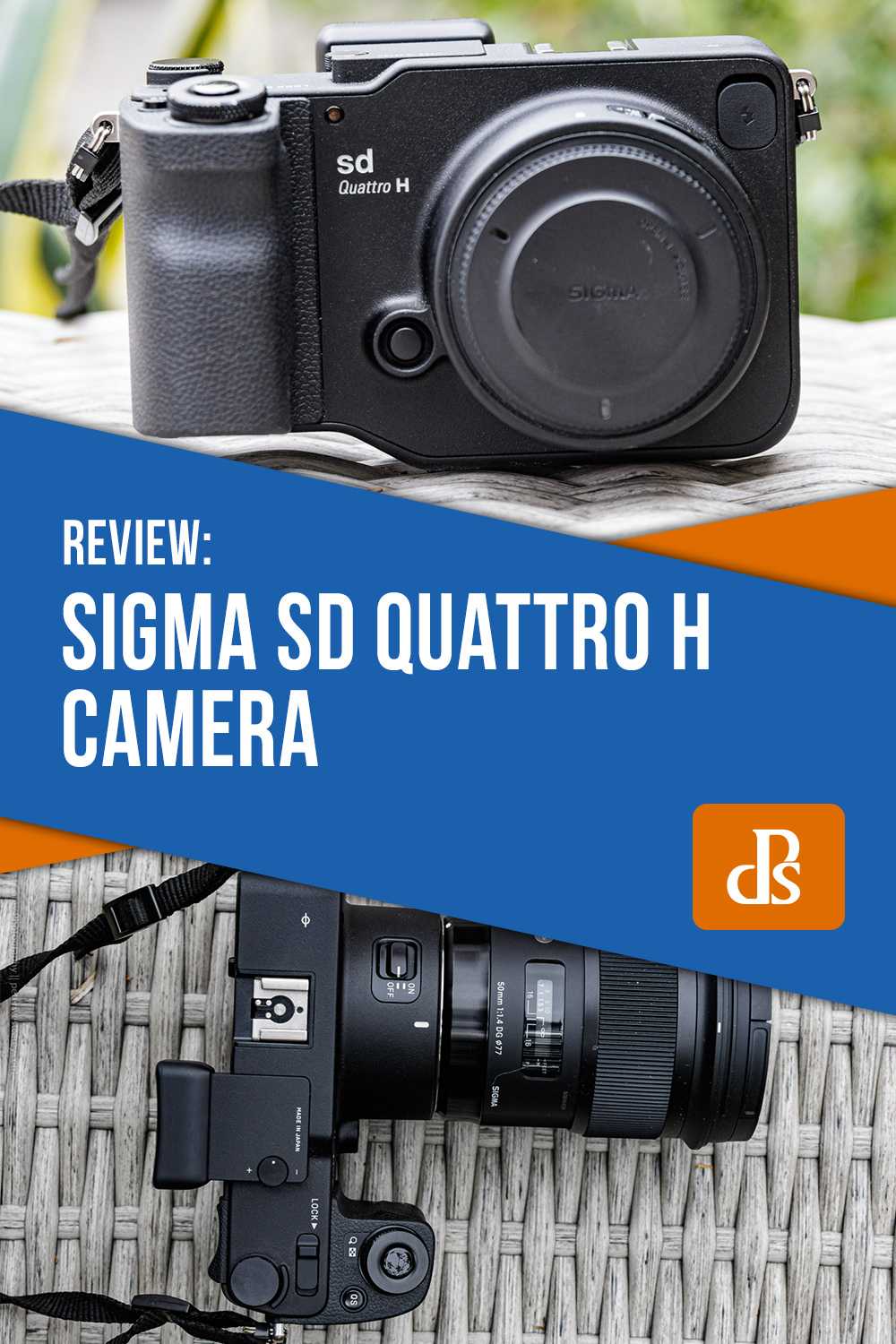
Summary
Review Date
2019-08-01
Reviewed Item
Sigma sd Quattro H Camera
Author Rating
3.5
Hidden option: Easy Infrared
One feature not often touted in Sigma’s literature or sales documents is its infrared capabilities. This will undoubtedly appeal to various landscape photographers because of its ease of use.
I was not able to acquire one of the needed pieces to make this system work before I returned the camera, but I was able to test the removal of the infrared filter. It is located front and center on the lens mount when the end cap is removed. After you remove the filter, you need a visible light filter on the front of whichever lens you use.
The combination of removing one filter and adding another adds full infrared capability without an expensive conversion typical with DLSRs these days. The versatility this adds could make it a likely option for those wanting to dabble in infrared photography but not wanting to lug around a whole other camera for the purpose.
IMAGE QUALITY
The real test is the image quality, and the Quattro H delivers, at least at the base ISO of 100. Resolution is excellent, although I was somewhat disappointed in the dynamic range. However, you can increase the dynamic range considerably by selecting the Super Fine Detail (SFD) mode in the shooting menus. SFD is similar to HDR, capturing seven bracketed exposures in the aperture priority or manual exposure modes. The Quattro H saves the captures as a proprietary 475MB X3I file. It’s necessary to use Sigma Photo Pro software to decode them and output a final TIFF or JPEG. As with HDR photography, you should mount the camera on a tripod and should not shoot a moving subject. I did a fair amount of my testing in SFD mode, and the dynamic range issue vanished. I was often disappointed, though, that Photo Pro didn’t seem to have the anti-aliasing or ghost elimination algorithms that all modern HDR software provides. Nevertheless, with the right subjects, the dynamic range increase is enormous.
Color reproduction is pleasant, with 10 possible presets from which to choose, although five are not available with DNG capture. When shooting an X-Rite ColorChecker and correcting the gray balance, I didn’t find the color reproduction to be accurate. I confirmed this by shooting artwork in my copy setup without being able to match the original art accurately. That said, the color rendition reminded me again of shooting with a particular transparency film to achieve a specific look. Color reproduction from the Quattro H will either appeal to you or not.
 STAN SHOLIK
STAN SHOLIK
With the Quattro H set for monochrome capture and the IR filter in place, the camera produces gorgeous images equal to low ISO black and white film.
Along with the color settings, there’s a monochrome mode. If you make monochrome captures, you should own this camera. With the camera’s high resolution, monochrome captures saved as DNG or even better as SFD files are the best I’ve ever seen from a digital camera.
Even more exciting is the camera’s ability to capture monochrome infrared (IR) images. Sigma has made it extremely easy to remove the IR blocking filter that sits in the lens tube. Without the filter, the sensor captures visible light but still produces a visible IR effect. Add a #87 IR lens filter and you have a true IR camera. Although the Sigma Art lenses don’t have an IR focusing mark, stopping down to f/16 pretty much does the trick, with the image sharpness degrading somewhat due to inevitable IR blooming. While Sigma is not making a big deal of this feature, I love it.
Sample RAW Images
The Sigma sd Quattro H enables users to capture RAW and JPEG format files. We’ve provided some Sigma RAW (X3F) samples for you to download (thumbnail images shown below are not 100% representative).
Download
1/13s · f/4 · ISO 100 46mm (35mm)
Download original
Download
1/25s · f/4 · ISO 200 46mm (35mm)
Download original
Download
1/50s · f/4 · ISO 400 46mm (35mm)
Download original
Download
1/100s · f/4 · ISO 800 46mm (35mm)
Download original
Download
1/200s · f/4 · ISO 1600 46mm (35mm)
Download original
Download
1/400s · f/4 · ISO 3200 46mm (35mm)
Download original
Download
1/800s · f/4 · ISO 6400 46mm (35mm)
Download original
Download
1/800s · f/1.4 · ISO 100 46mm (35mm)
Download original
Download
1/50s · f/2.8 · ISO 250 46mm (35mm)
Download original
Download
1/200s · f/2.8 · ISO 100 46mm (35mm)
Download original
Download
1/1000s · f/4 · ISO 100 46mm (35mm)
Download original
Download
1/250s · f/2 · ISO 100 46mm (35mm)
Download original
Download
1/500s · f/5.6 · ISO 100 46mm (35mm)
Download original
Download
1/2000s · f/1.4 · ISO 100 46mm (35mm)
Download original
Download
1/1000s · f/1.4 · ISO 100 46mm (35mm)
Download original
Download
1/100s · f/8 · ISO 100 46mm (35mm)
Download original
Download
1/250s · f/2.8 · ISO 100 46mm (35mm)
Download original
Download
1/160s · f/5.6 · ISO 100 46mm (35mm)
Download original
Download
1/1000s · f/1.4 · ISO 100 46mm (35mm)
Download original
Download
1/80s · f/5.6 · ISO 100 46mm (35mm)
Download original
Download
1/60s · f/4 · ISO 100 46mm (35mm)
Download original
Download
1/60s · f/8 · ISO 100 46mm (35mm)
Download original
Download
1/640s · f/1.8 · ISO 100 46mm (35mm)
Download original
Download
1/100s · f/4 · ISO 100 46mm (35mm)
Download original
Download
1/200s · f/4 · ISO 100 46mm (35mm)
Download original
Download
1/2000s · f/1.4 · ISO 100 46mm (35mm)
Download original
Download
1/100s · f/4 · ISO 100 46mm (35mm)
Download original
Download
1/50s · f/5.6 · ISO 100 46mm (35mm)
Download original
Download
1/1000s · f/1.4 · ISO 100 46mm (35mm)
Download original
Download
1/200s · f/1.4 · ISO 100 46mm (35mm)
Download original
Download
1/4000s · f/1.4 · ISO 100 46mm (35mm)
Download original
Download
1/60s · f/8 · ISO 100 46mm (35mm)
Download original
Download
1/50s · f/8 · ISO 100 46mm (35mm)
Download original
The big difference – a Foveon X3 Sensor
Sigma has chosen a different beast of a sensor for its sd Quattro H camera; the Foveon X3. A graphic from Foveon’s site describes it best.

Instead of using a Bayer pattern as most commercially available cameras use these days, the Foveon X3 captures each color, and luminosity information, at each pixel site. It accomplishes this because each wavelength of light is absorbed in different rates in a silicon chip.
Essentially, instead of having red, green and blue pixels side by side, the pixels are stacked on top of each other. This produces a sharper image overall. The overall brightness of the image is recorded on the top layer along with the blues. Here’s another way to look at it compared to the Bayer pattern.
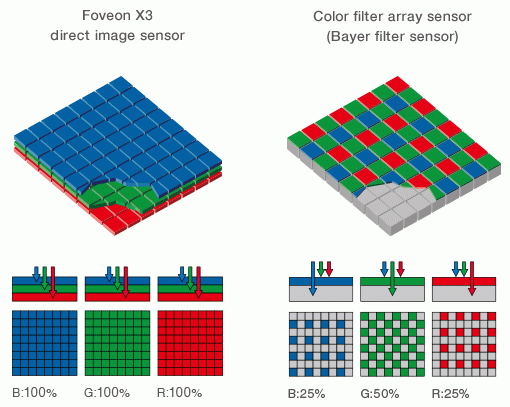
The ‘H’ in ‘sd Quattro H’ represents the sensor size. It is not a full-frame sensor nor is it APS-C, it is in-between. The crop factor is 1.3x, still requiring a 40mm lens to equate to a typical 50mm lens on a full-frame sensor.
STRAIGHTFORWARD TOOL
In creating the sd Quattro H, Sigma didn’t seem interested in making a camera for the mass consumer photo market. Rather it has created a straightforward and cost-effective tool that should appeal to landscape, portrait, and still life photographers willing to accept the camera’s strengths and weaknesses.
For photographers already invested in the Sigma SA system, the sd Quattro H is a must-have camera. For others, the addition of the DNG file format will broaden its appeal. And the MSRP of $1,199 makes the sd Quattro H an interesting system addition for anyone looking for a high-resolution color, monochrome, and infrared camera rolled into one.
Stan Sholik is a commercial/advertising photographer in Santa Ana, California.
Sigma sd Quattro H: не для суетливых
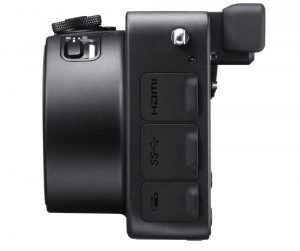 Sigma sd Quattro H: сбоку находятся разъемы Mini-HDMI, USB 3.0 и для дистанционного спуска затвора
Sigma sd Quattro H: сбоку находятся разъемы Mini-HDMI, USB 3.0 и для дистанционного спуска затвора
Для работы с Sigma sd Quattro H фотографу потребуется прежде всего одно: терпение. При сохранении одного RAW-снимка в формате X3F размером около 65 Мбайт на карту Lexar Professional 1000x UHS II проходит около 8,5 секунд, прежде чем соответствующий индикатор перестает светиться.
Серийная RAW-съемка в формате X3F, которая ведется на скорости 4,4 кадра в секунду и состоит из 8 фотографий, потребует ожидания на протяжении 42 секунд. Запись DNG-файла размером 145 Мбайт займет 11 секунд. Таким образом, для спортивной съемки Sigma sd Quattro H вряд ли подходит. В пользу данного «предположения» говорит и медлительность автофокуса, которому на наведение резкости требуется как минимум 1,3 секунды.
Потребность в энергии оказалась здесь удивительно высокой. Уже в режиме ожидания наши лабораторные измерения показали 7,7 Вт, то есть уровень энергопотребления здесь от двух до трех раз выше, чем у других современных DSLM- и DSLR-камер. Соответственно короткой получается и продолжительность времени автономной работы: аккумулятор выдерживает от 160 до максимум 320 «выстрелов». Кроме того, если камера долго работает без перерывов, корпус становится довольно теплым.
Кстати: помимо данной модели у Sigma есть и более дешевый вариант с матрицей APS-C и максимальными 33 Мпикс, который стоит около 70 000 рублей (в комплекте с объективом).
F8, 1/20c, ISO 100; Sigma SA 35 mm F1,4 ART
F8, 1/80с, ISO 400; Sigma SA 35 mm F1,4 ART
F8, 1/320c, ISO 1600; Sigma SA 35 mm F1,4 ART
F5,6, 1/160с, ISO 800; Sigma SA 35 mm F1,4 ART
F5,6, 1/640c, ISO 3200; Sigma SA 35 mm F1,4 ART
F5,6, 1/1600с, ISO 6400; Sigma SA 35 mm F1,4 ART
F4,5, 1/2с, ISO 100; Sigma SA 35mm F1,4 ART
F8, 1/3c, ISO 100; Sigma SA 35mm F1,4 ART
F5, 1/1000с, ISO 100; Sigma SA 35mm F1,4 ART
F11, 1/200c, ISO 100; Sigma SA 35mm F1,4 ART
F8, 1/80с, ISO 100; Sigma SA 35mm F1,4 ART
F5, 1/100c, ISO 100; Sigma SA 35mm F1,4 ART
Качество изображения
Но вы, вероятно, не покупаете эту камеру, чтобы снимать JPG, если только из-за удобства. Рабочий процесс Sigma Raw долгое время был препятствием, с которым мне было трудно справиться по одной простой причине — проприетарное программное обеспечение Sigma Photo Pro довольно ужасно. За прошедшие годы он улучшился — теперь вы можете пакетно преобразовывать изображения X3F Raw в формат TIFF для использования в Lightroom без сбоев программного обеспечения — но этот длительный процесс здесь не нужен. Quattro H снимает в DNG, стандартном формате Adobe. Вы теряете некоторую универсальность, выбирая захват DNG — настройки отдельных цветовых слоев не могут быть выполнены так же, как файл X3F, — но вы получаете удобство.

Датчик изображения имеет формат APS-H и имеет размеры 18, 6 на 27, 9 мм — для аппроксимации полнокадрового эквивалентного поля зрения, обеспечиваемого объективом, умножьте его фокусное расстояние на 1, 3. Объектив Sigma 35 мм F1.4 DG HSM Art, который я использовал вместе с Quattro H, представляет собой стандартный угол обзора, соответствующий 45-мм объективу на датчике формата 135. Если у вас есть объектив Sigma, закрывающий круг изображения APS-C, его можно использовать на SD Quattro H; фотографии обрезаются автоматически, чтобы соответствовать меньшему размеру сенсора.
Это дизайн Foveon — если вы не знакомы с этой технологией, вы можете узнать об этом на нашем дочернем сайте ExtremeTech. Датчик Quattro поддерживает трехслойный дизайн более ранних изображений Foveon, но упаковывает в четыре раза больше пикселей в верхнем чувствительном к синему слою, чем в зеленом или красном слоях под ним. Если вы снимаете в формате X3F или DNG Raw, то в результате получаются изображения с разрешением 25 мегапикселей, но поскольку нет необходимости интерполировать данные с отсутствующими пикселями, детализация находится на том же уровне, что и у 50-мегапиксельного изображения Байера.
Лабораторные тесты подтверждают претензии. Изучение необработанных фотографий при увеличении 2: 1 показывает, что детализация находится на одном уровне с 50-мегапиксельными камерами, которые мы тестировали, включая средний формат Hasselblad X1D и Canon EOS 5DS R, которые гораздо дороже, чем Quattro H. Я включил кадры из всех режимов съемки Quattro H — 25MP Raw, DNG и JPG, а также 51MP Super High JPG — в слайд-шоу, сопровождающем этот обзор.

Где дизайн Foveon отстает от Bayer — при более высоких ISO. Quattro H сохраняет шум ниже 1, 5% только при ISO 100. При ISO 200 он увеличивается до 1, 8%, а при ISO 400 — 2, 3%, что я рекомендую толкать камеру. Детали остаются сильными при ISO 800, но цветовая насыщенность начинает страдать, получая изображения с приглушенным тоном. При ISO 1600 вы теряете значительное количество деталей, а при ISO 3200 и 6400 оно ухудшается. Кроме того, вам придется иметь дело с большим количеством пятнистых шумов и смещением цветов, превышающим ISO 1600.
File options
In the past, Sigma cameras had two options: their proprietary 14-bit X3F format or JPEG. This meant either using Sigma’s Photo Pro software (currently on version 6) or outputting compressed JPEGS. You don’t spend money on a camera like this for the JPEGs, so it caused some consternation.
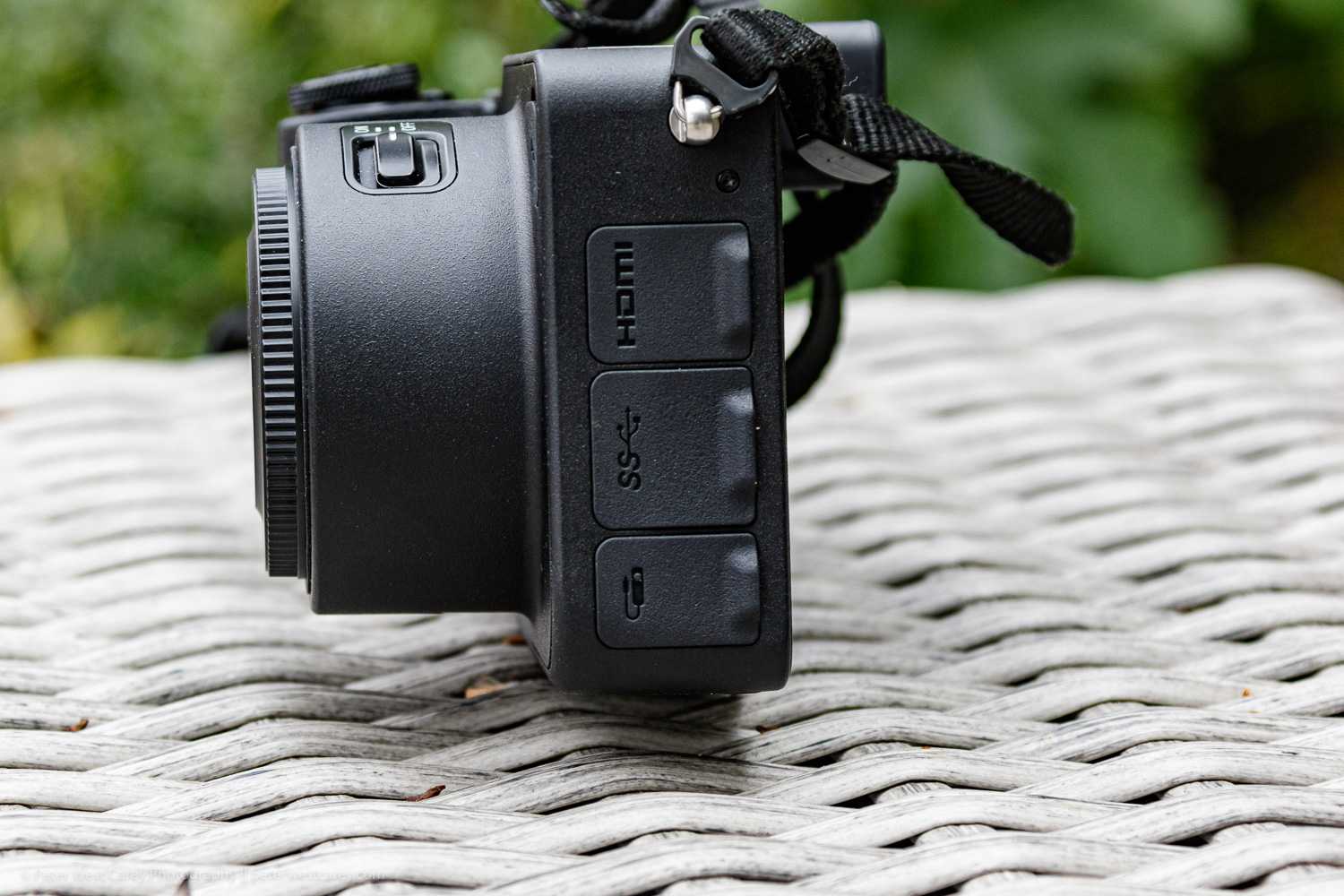
The sd Quatro H has a new option which helps open possibilities: DNG files. All of us using raw file editing programs can rejoice and not have to worry about conversions. However, the format has a lower bit depth than the .X3F format.
File sizes vary significantly from format to format. A typical JPEG file will be 10-15MB, JPEG super-fine setting (explained in a moment) 25-35MB, X3F will be 50-60MB, and DNG balloons to 120-150MB. For a 64GB SDXC card, this nets about 3600 regular JPEG, 1800 super-fine JPEG, 630 X3F images and 410 DNG images, according to the back of the camera.
A full list of various file sizes can be found on Sigma’s site.
Image Quality
When it comes to image quality, this camera is definitely up there with some of the best. The colors, goodness, the colors. I pretty much loved every image from this camera purely because the colors looked so incredible. They have such a natural look to them and in some sense, they seemed less digital to me. It’s almost like having film quality in a digital camera. I may be romanticizing a little bit, but that’s how the camera made me feel.

Unedited and only converted to JPEG
The way this camera produces colors is so pleasing to me, and I think it completely redeems many of its issues. For landscape and portrait shooters who are color-conscious, this camera might just be the best option. Even most medium format cameras operate using a similar formation of pixels on their sensors, meaning many of the colors are interpolated. This camera might even be better than some medium format cameras when it comes to colors.
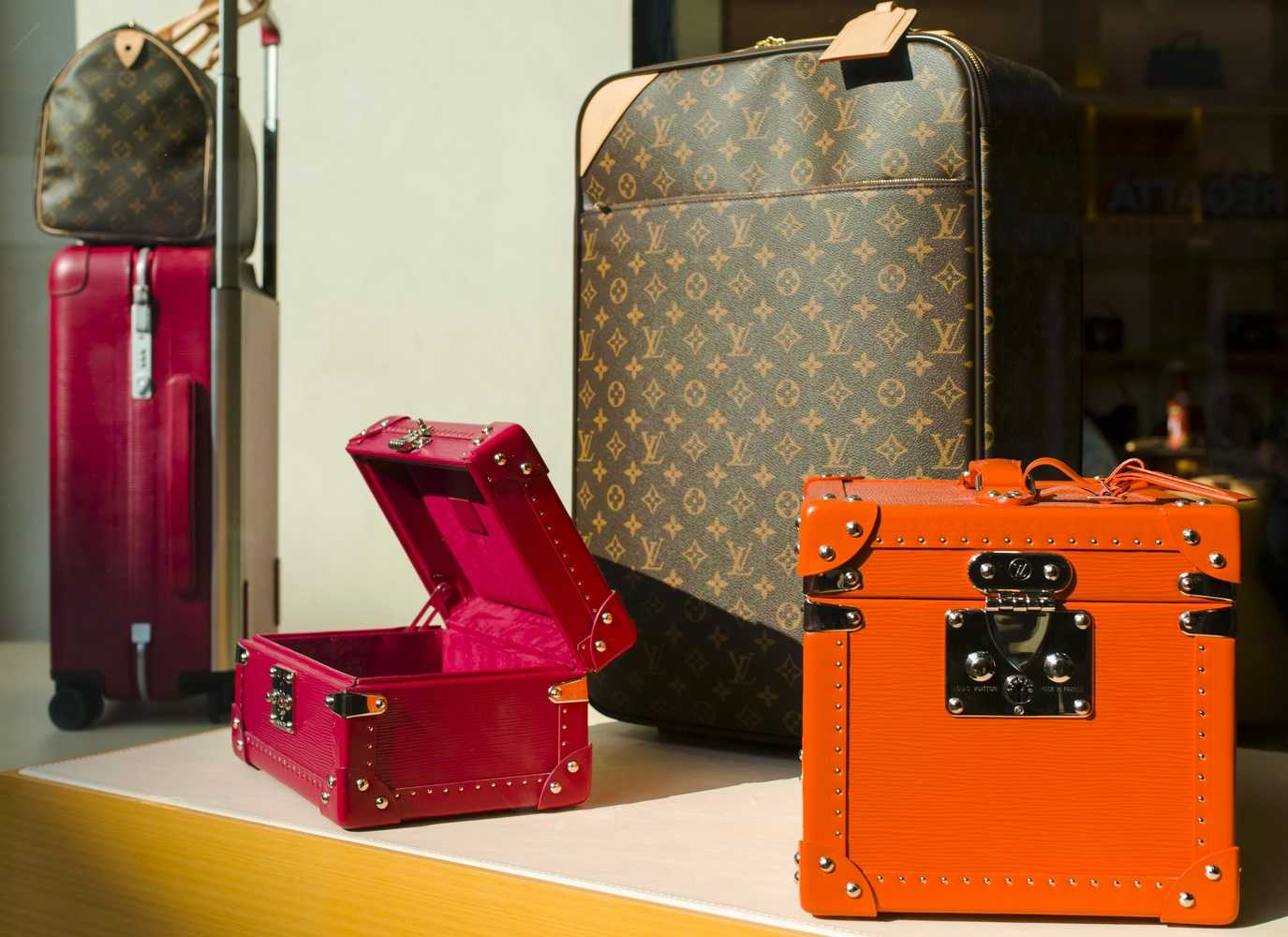

The different tones and the way this camera produces color are simply incredible. I really can’t explain how much joy this camera brings to me when it comes to the way it produces color.
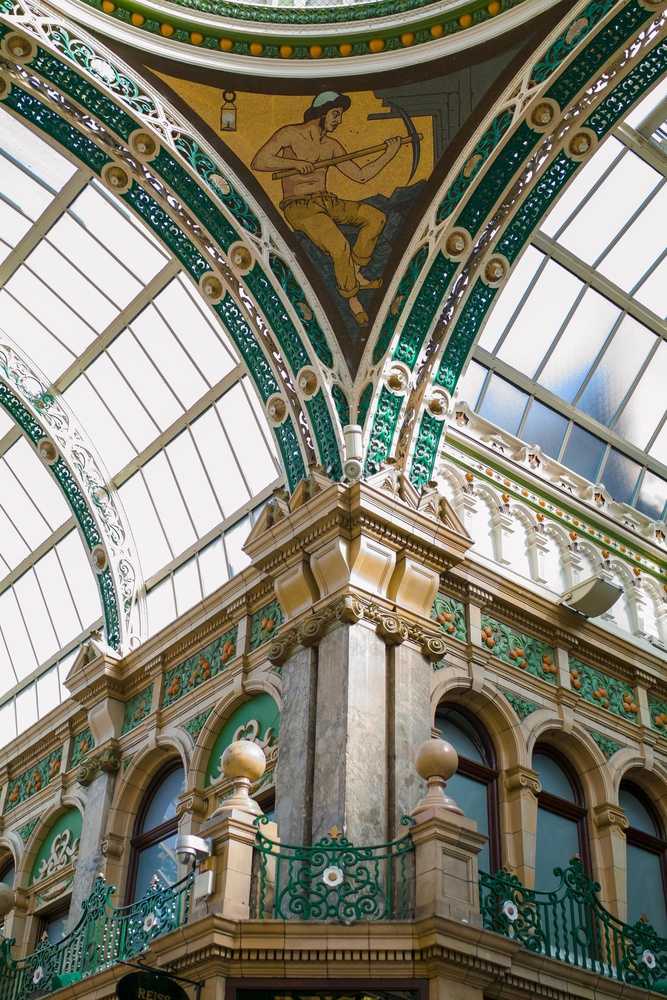
Greens look absolutely incredible from this camera.

When it comes to dynamic range, this camera is pretty good. I wouldn’t say it’s a class leader; however, for most applicationd, the images have enough flexibility when shooting at the base ISO. Looking at the comparison below, you’ll notice how even after recovering the shadows, you don’t see a huge amount of noise being introduced into the image. The images below are 2:1 crops of the original image and even when cropped to that extent and recovering the shadows, they retain detail very well.
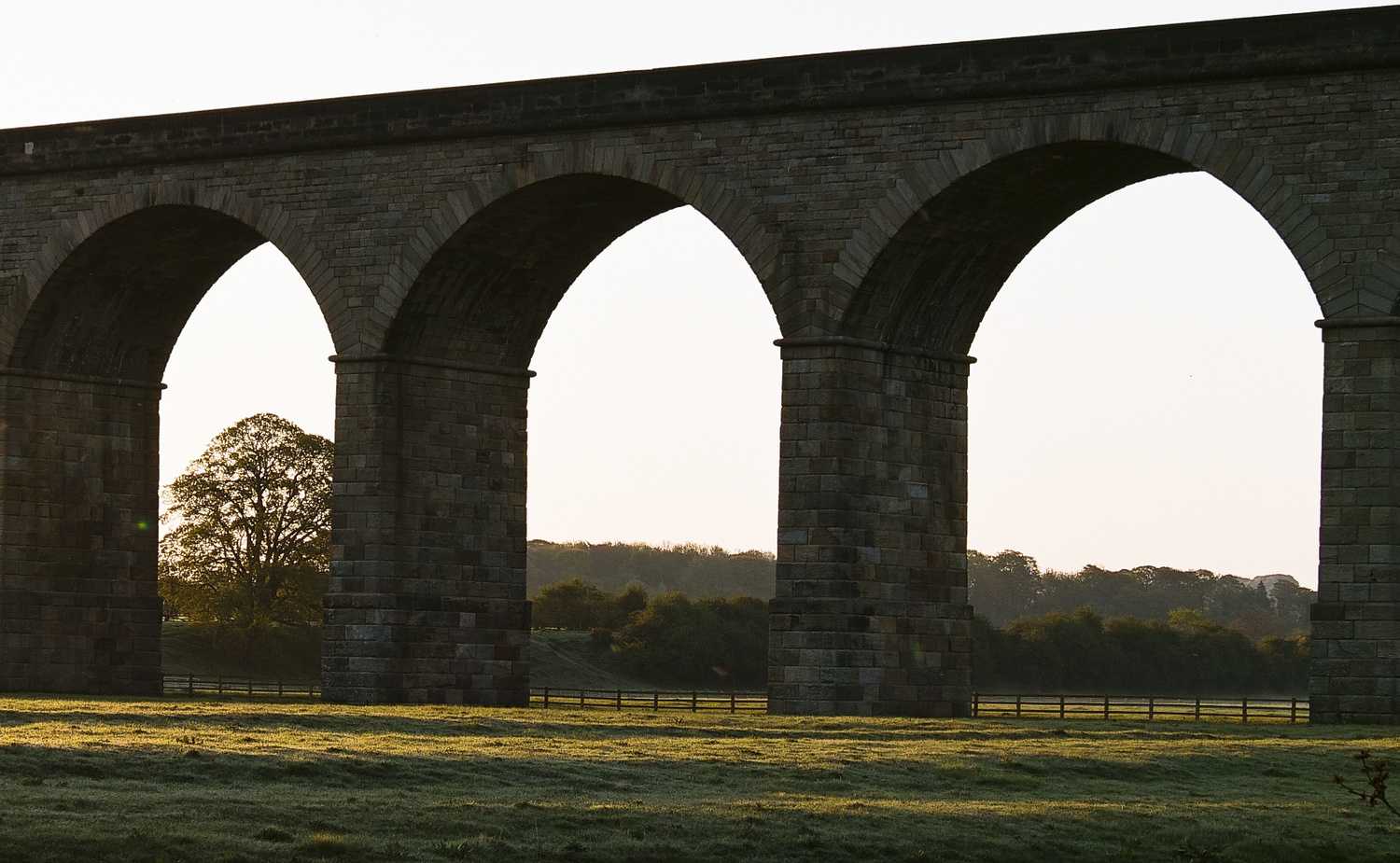

Ultimately, when it comes to image quality this camera is absolutely stunning and that’s precisely the whole deal about the Quattro cameras. Shooting above the base ISO will introduce a lot of noise into your images and it’s generally not recommended. Anything above ISO 400 is probably not usable.
Controls
The Sigma sd Quattro H comes with two control wheels on the top of the camera. When shooting in Manual mode, the different dials, as expected, control shutter speed and aperture for easy shooting. The rear dial does not stand out too far and has just the right amount of tactile response when functioning. These functions can be switched around in the camera menu.
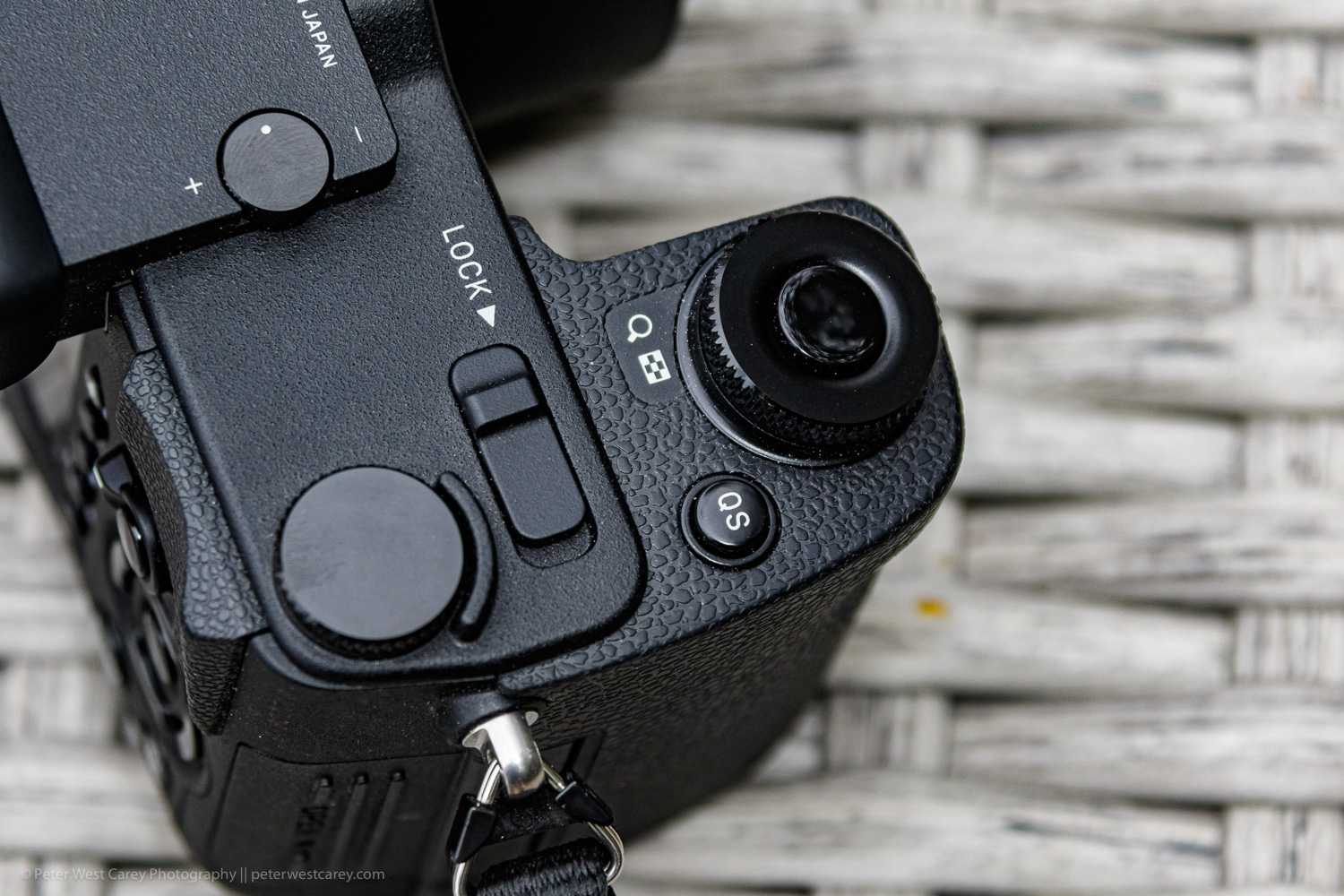
On the back of the camera are multi-directional buttons to assist in menu and control selection. They are well placed and easy to access without removing your eye from the viewfinder.
Also on the rear of the camera is a selector switch for using the viewfinder LCD or the rear camera monitor while shooting. I found the camera was often slow in switching from the rear monitor (on most of the time the camera shutter has been pressed halfway to activate auto-focus) to the viewfinder. This slight lag in switching became annoying in constant use and while quickly reviewing images on the rear screen before commencing further image acquisition.
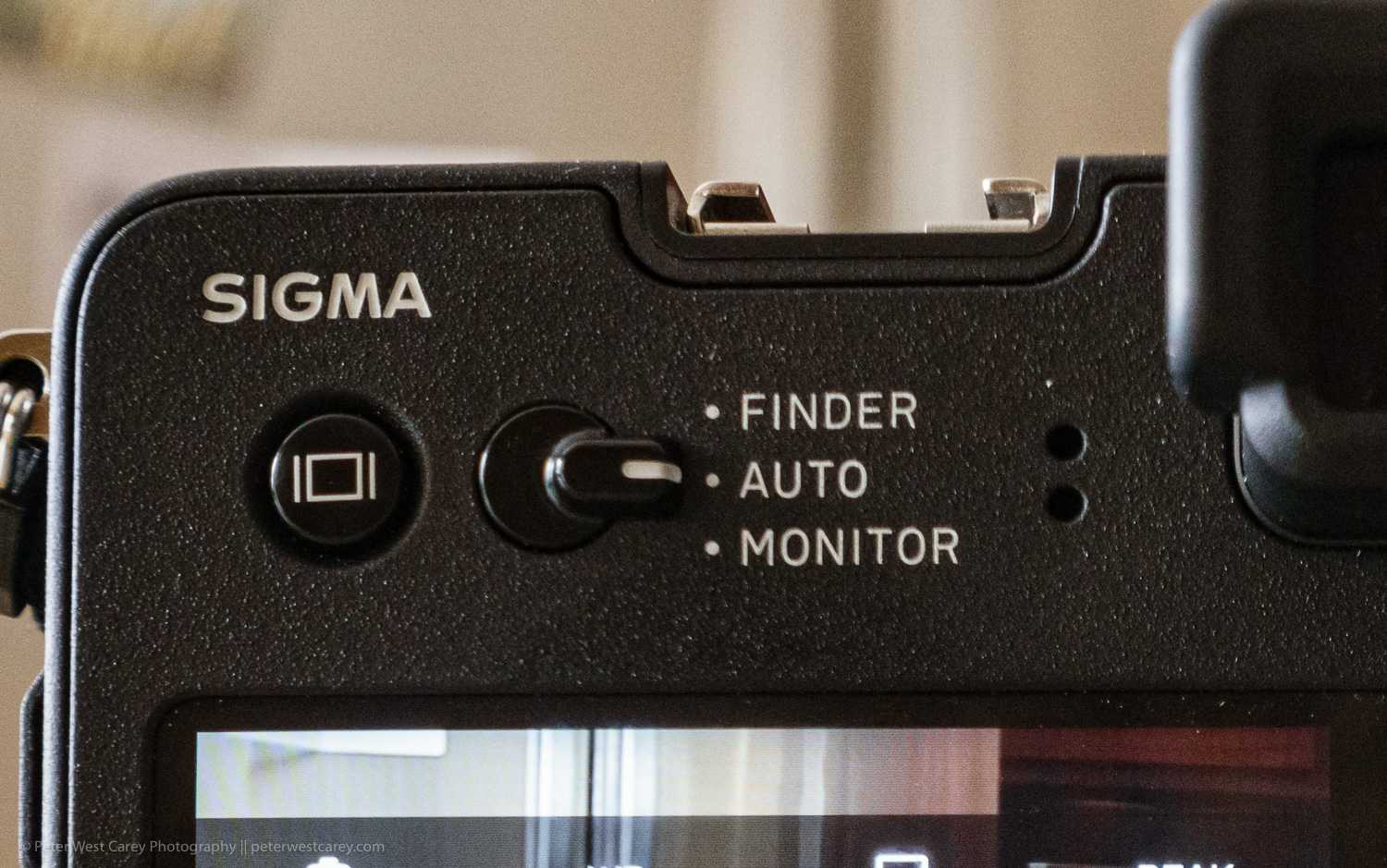
The solution for me was to use the viewfinder only. However, this slowed down my process as only reviewing of images within the viewfinder is less than ideal. I wish the switching mechanism was quicker.
The camera also has controls for changing what information is displayed on the various screens, adjusting focus points and auto exposure/autofocus lock.
Samples

Sigma sd Quattro H w/120-300mm Sigma lens – ISO 100, 171mm, f/3.5, 1/400
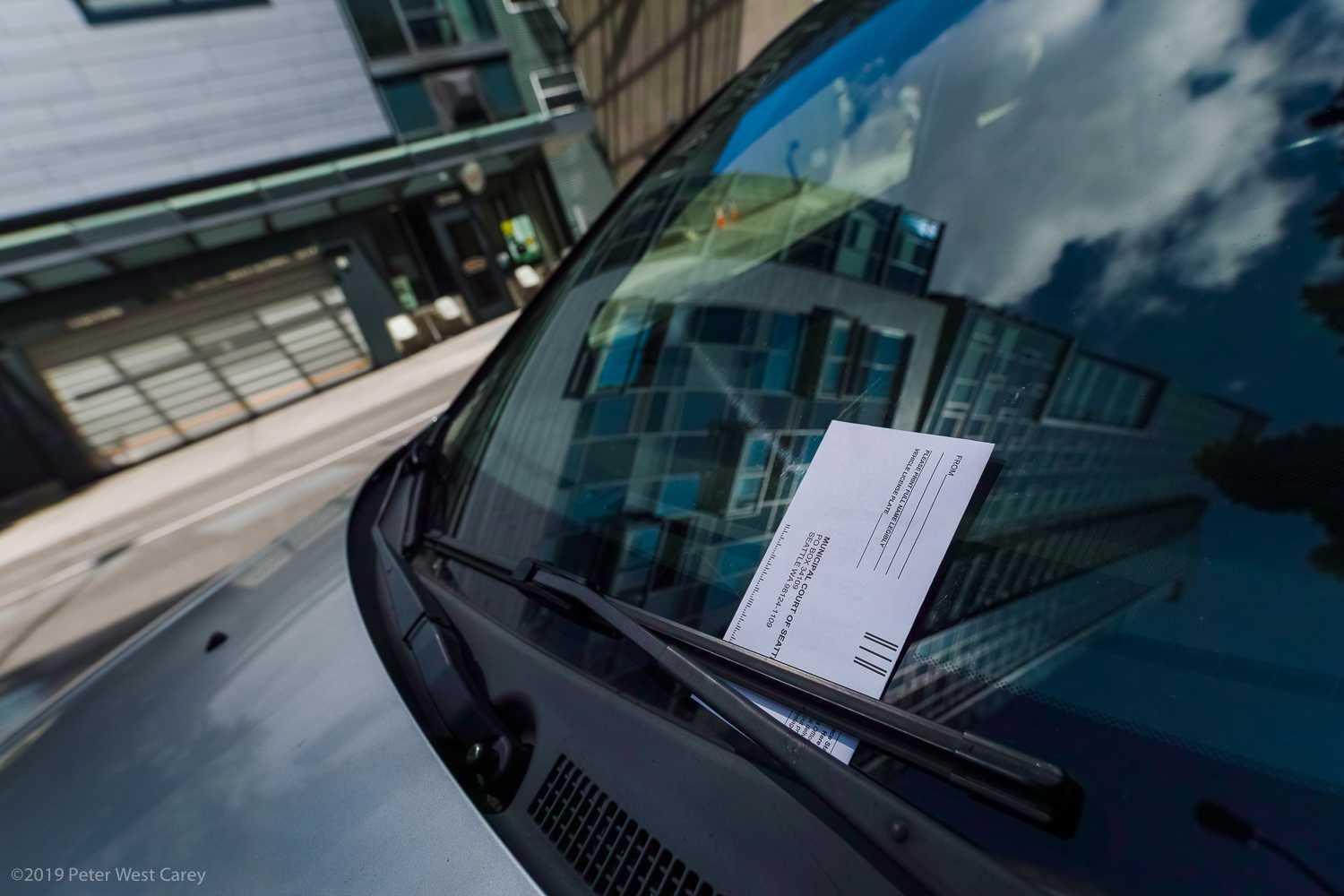
Sigma sd Quattro H w/14mm Sigma lens – ISO 100, 14mm, f/34.5, 1/1600
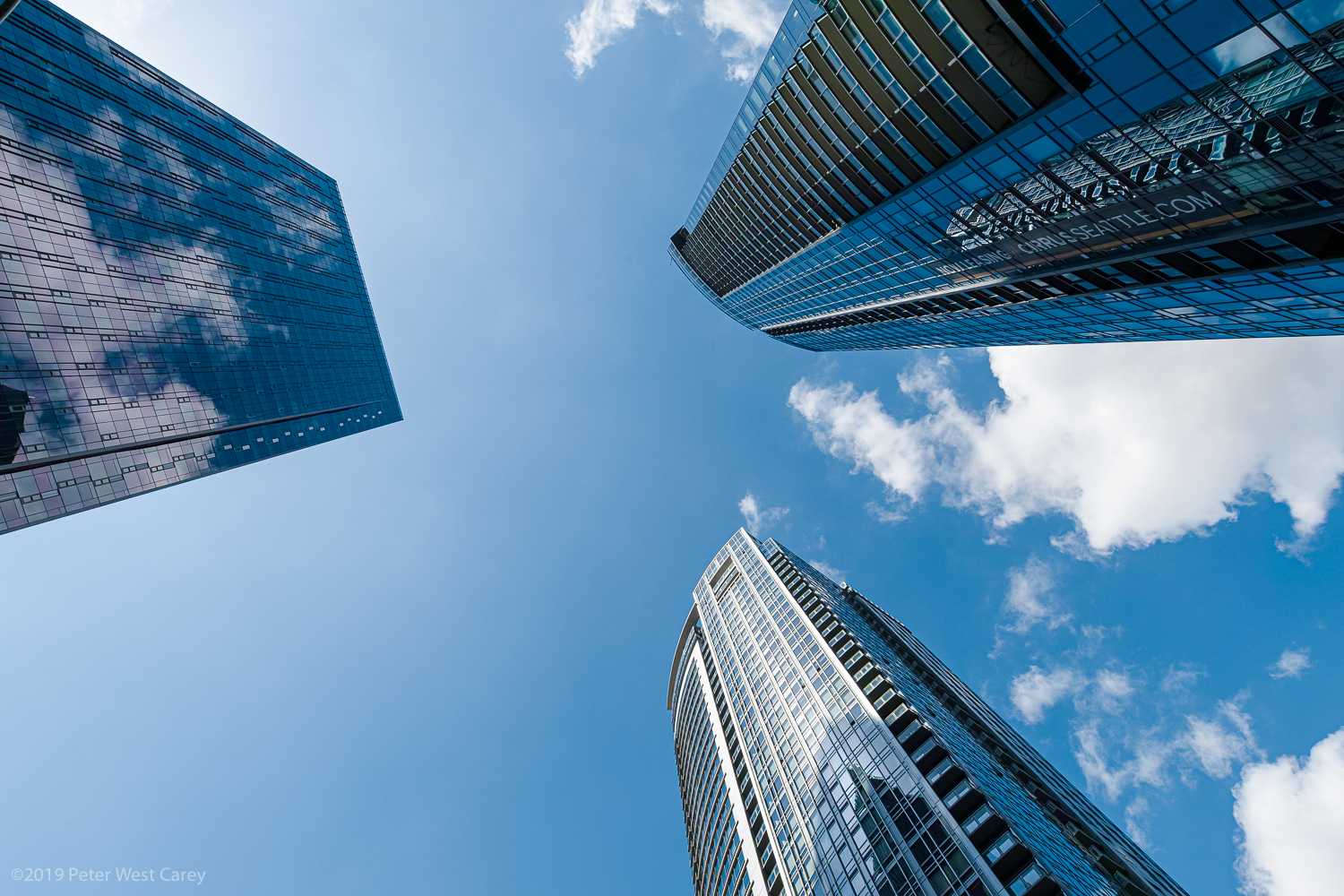
Sigma sd Quattro H w/14mm Sigma lens – ISO 100, 14mm, f/8, 1/500
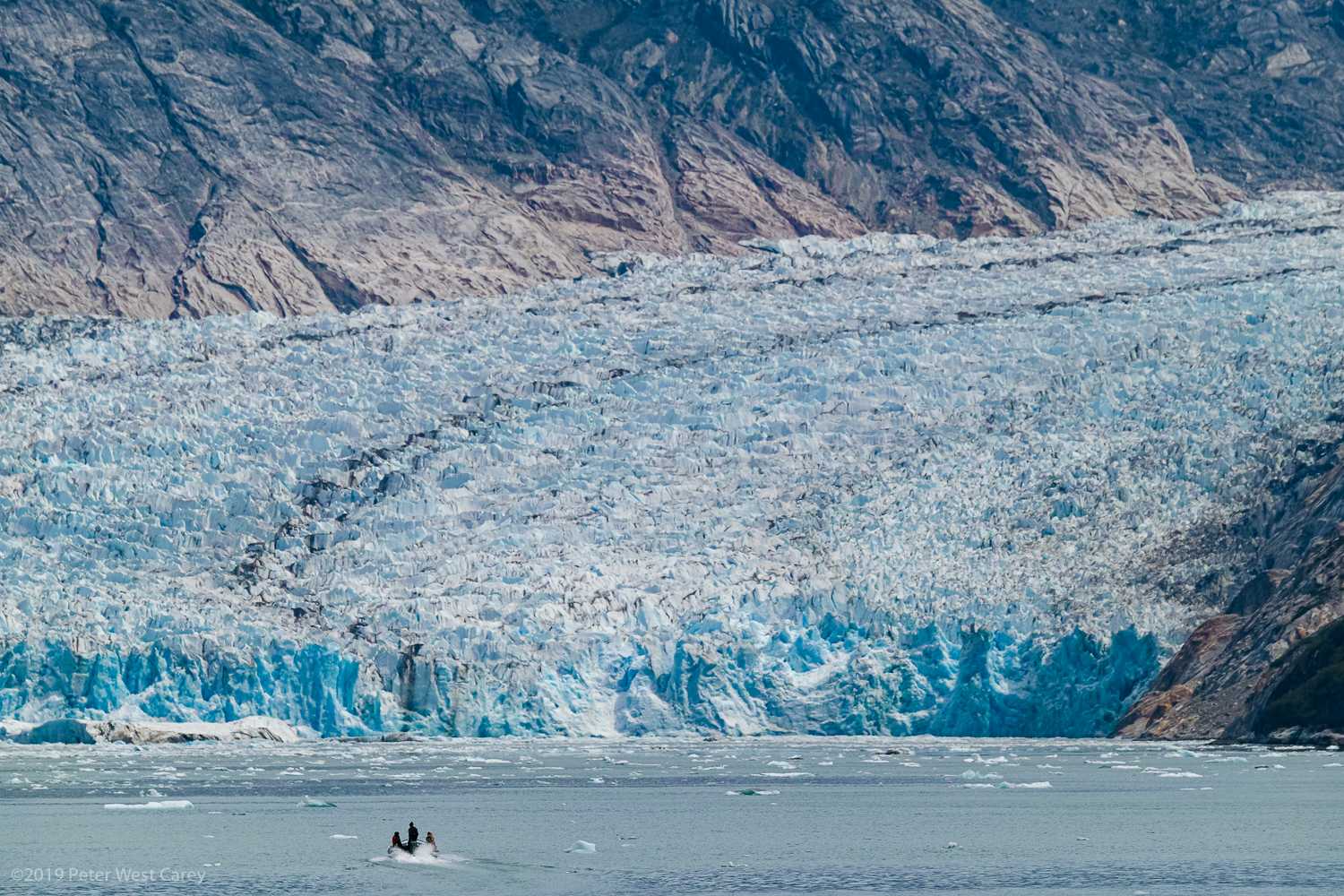
Sigma sd Quattro H w/120-300mm Sigma lens – ISO 100, 300mm, f/6.3, 1/1600
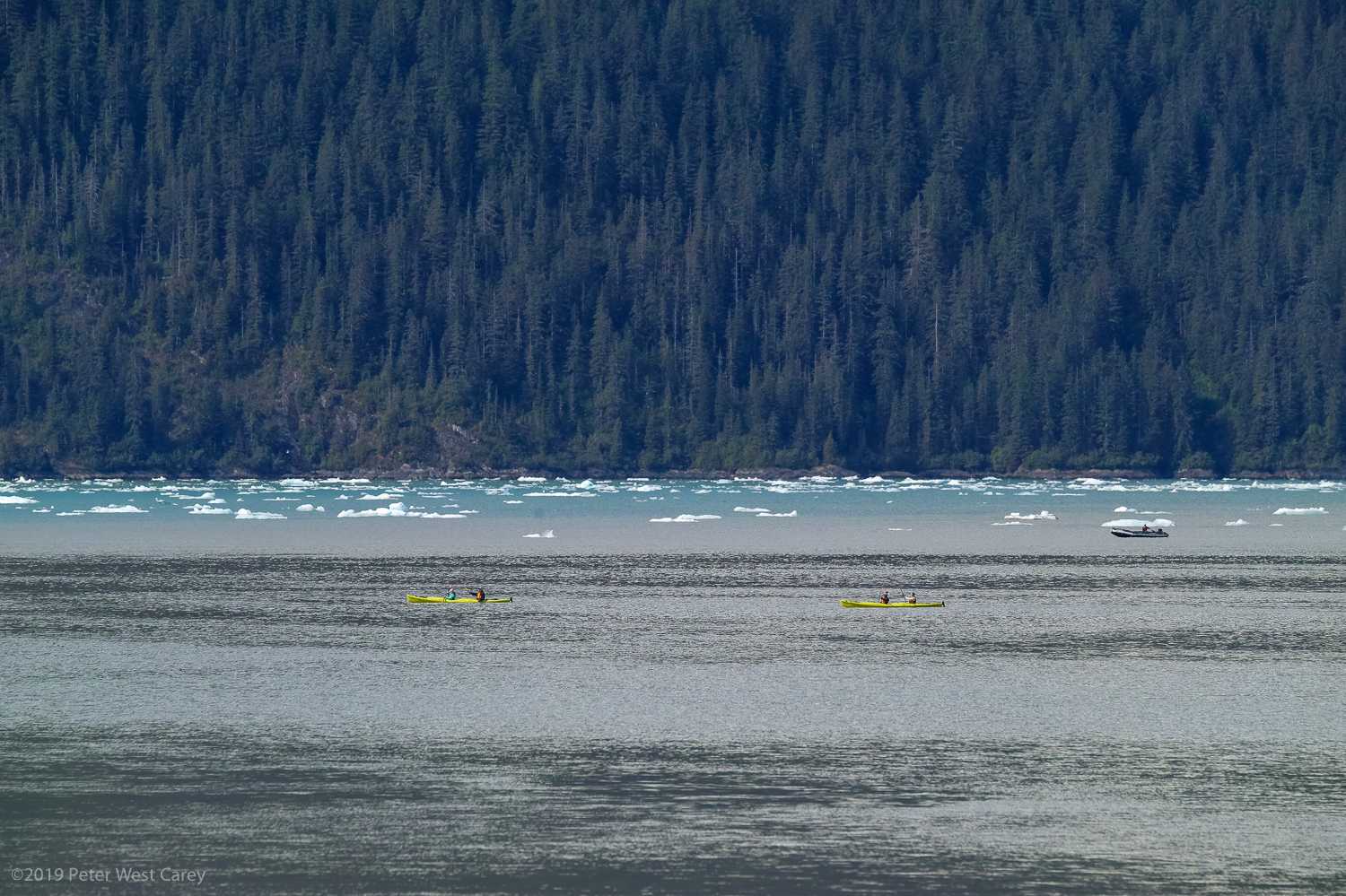
Sigma sd Quattro H w/120-300mm Sigma lens – ISO 100, 300mm, f/5.6, 1/1250

Sigma sd Quattro H w/14mm Sigma lens – ISO 100, 14mm, f/6.3, 1/400
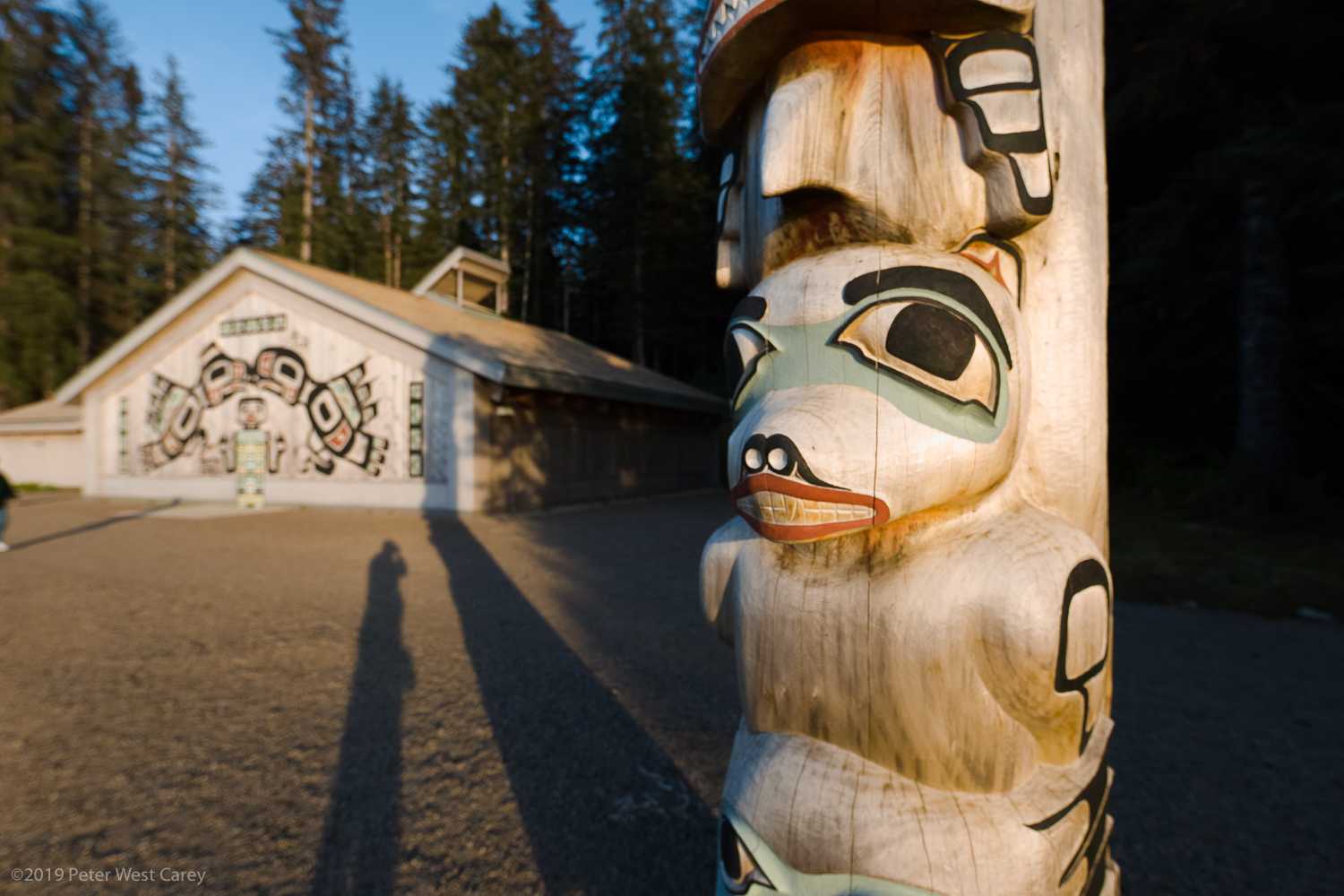
Sigma sd Quattro H w/14mm Sigma lens – ISO 100, 14mm, f/2.8, 1/1000
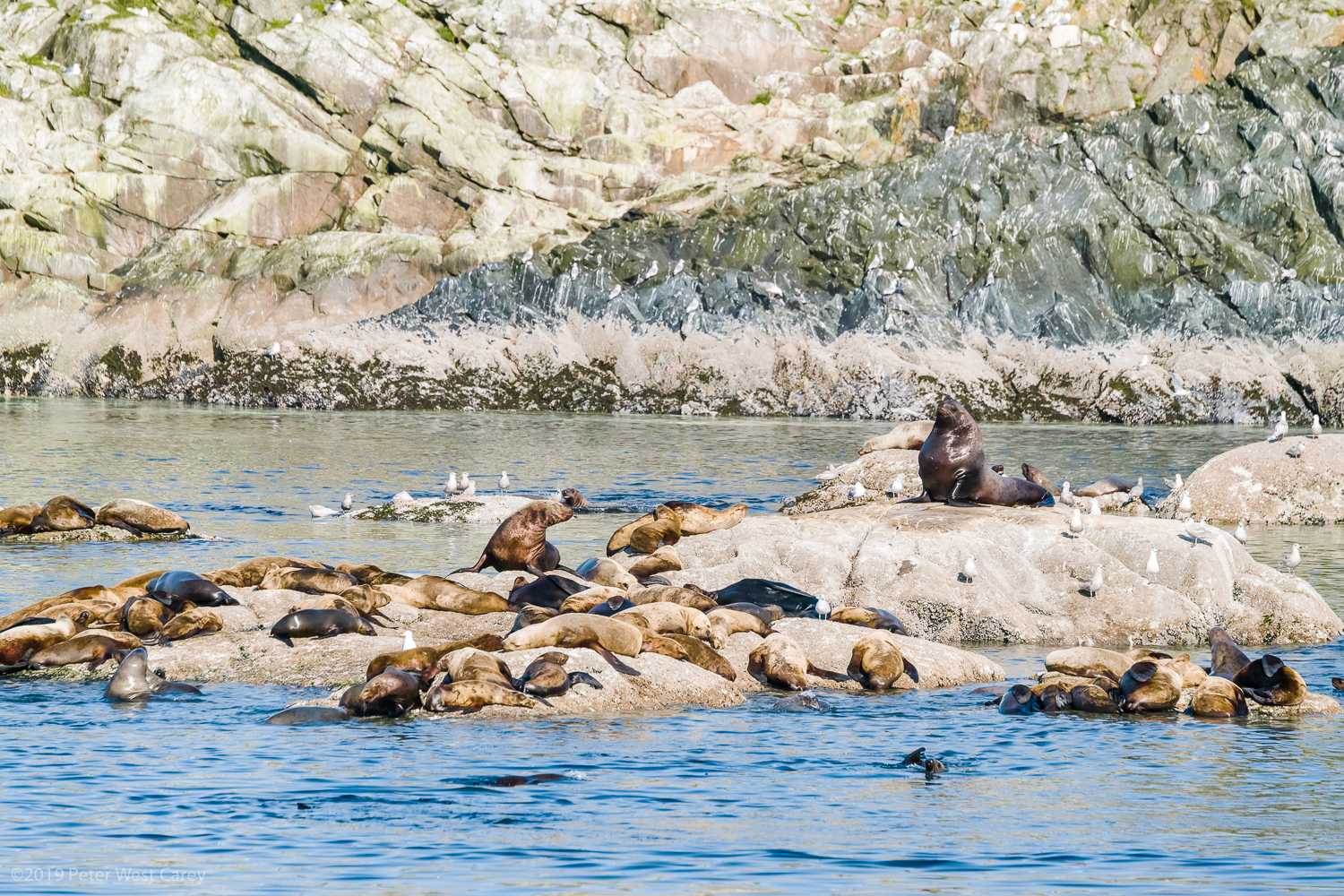
Sigma sd Quattro H w/120-300mm Sigma lens – ISO 100, 300mm, f/4.5, 1/800
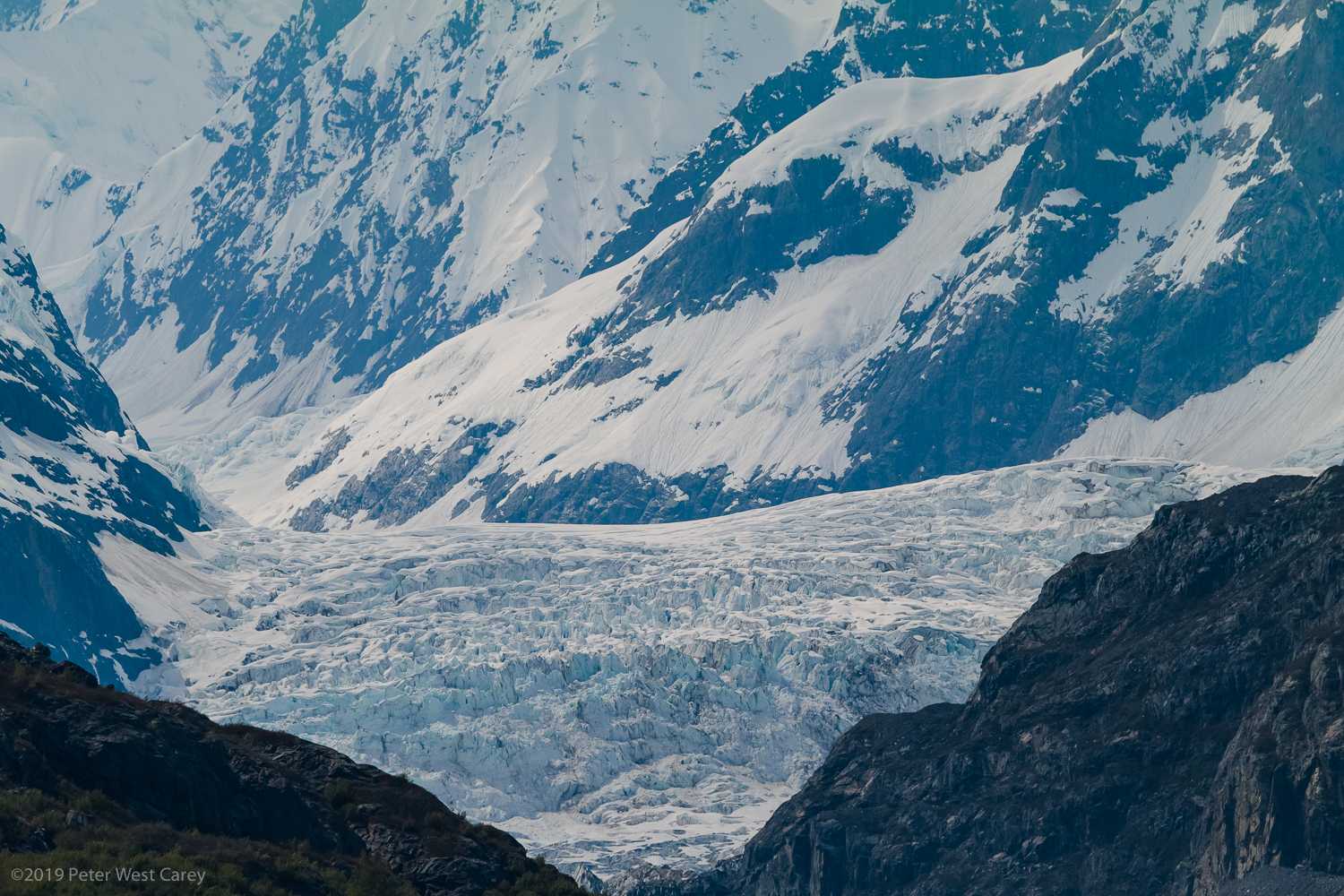
Sigma sd Quattro H w/120-300mm Sigma lens – ISO 100, 300mm, f/6.3, 1/1600
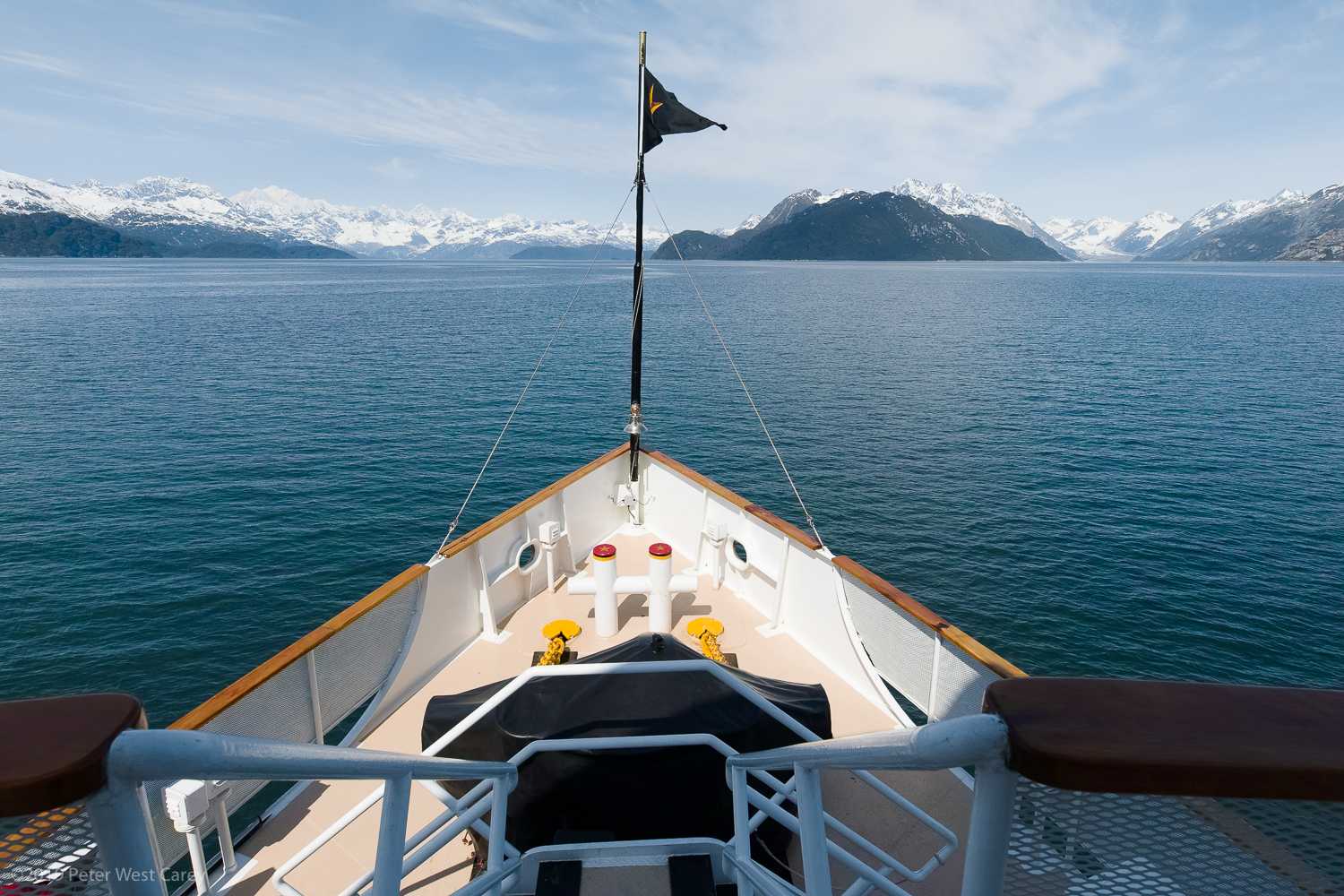
Sigma sd Quattro H w/14mm Sigma lens – ISO 100, 14mm, f/9, 1/800

Sigma sd Quattro H w/120-300mm Sigma lens – ISO 100, 171mm, f/4.5, 1/800
Useful features
Sometimes my eyes don’t seem to see straight, so I found the onscreen level to be very handy. It can be turned off for those who don’t want it, but for the rest of us, it’s quite useful.
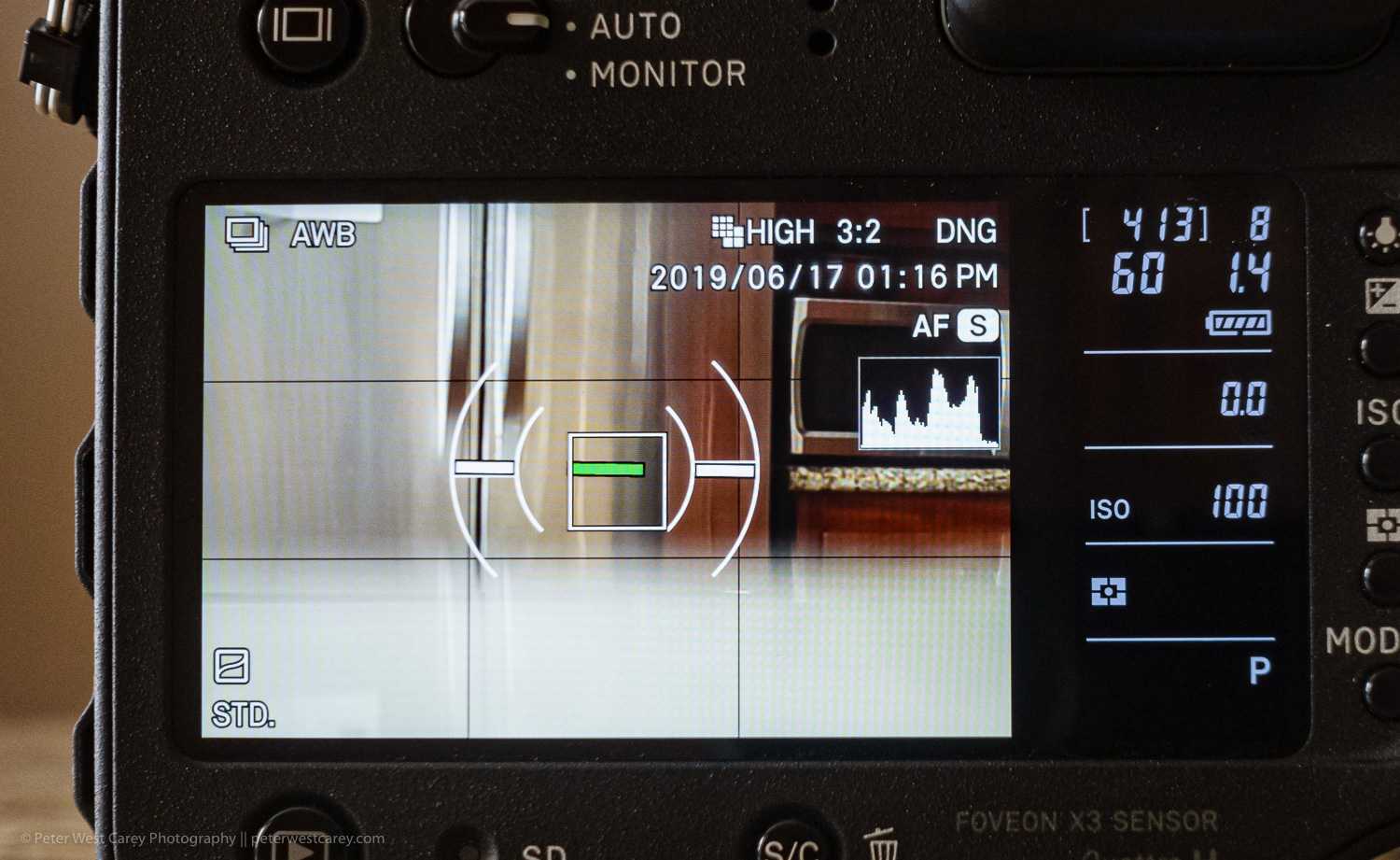
Unexpectedly, the smaller LCD display on the back, highlighting exposure settings, battery level, exposure compensation, ISO, metering mode and shooting mode, is a welcome addition. Especially those using a tripod at eye height, which is when you have to stand on tiptoes to view the top display. Most of us glance at the rear display on our camera more than the front and this easy reference screen is handy. Controls for each of those items are located just to their right for easy, quick access.
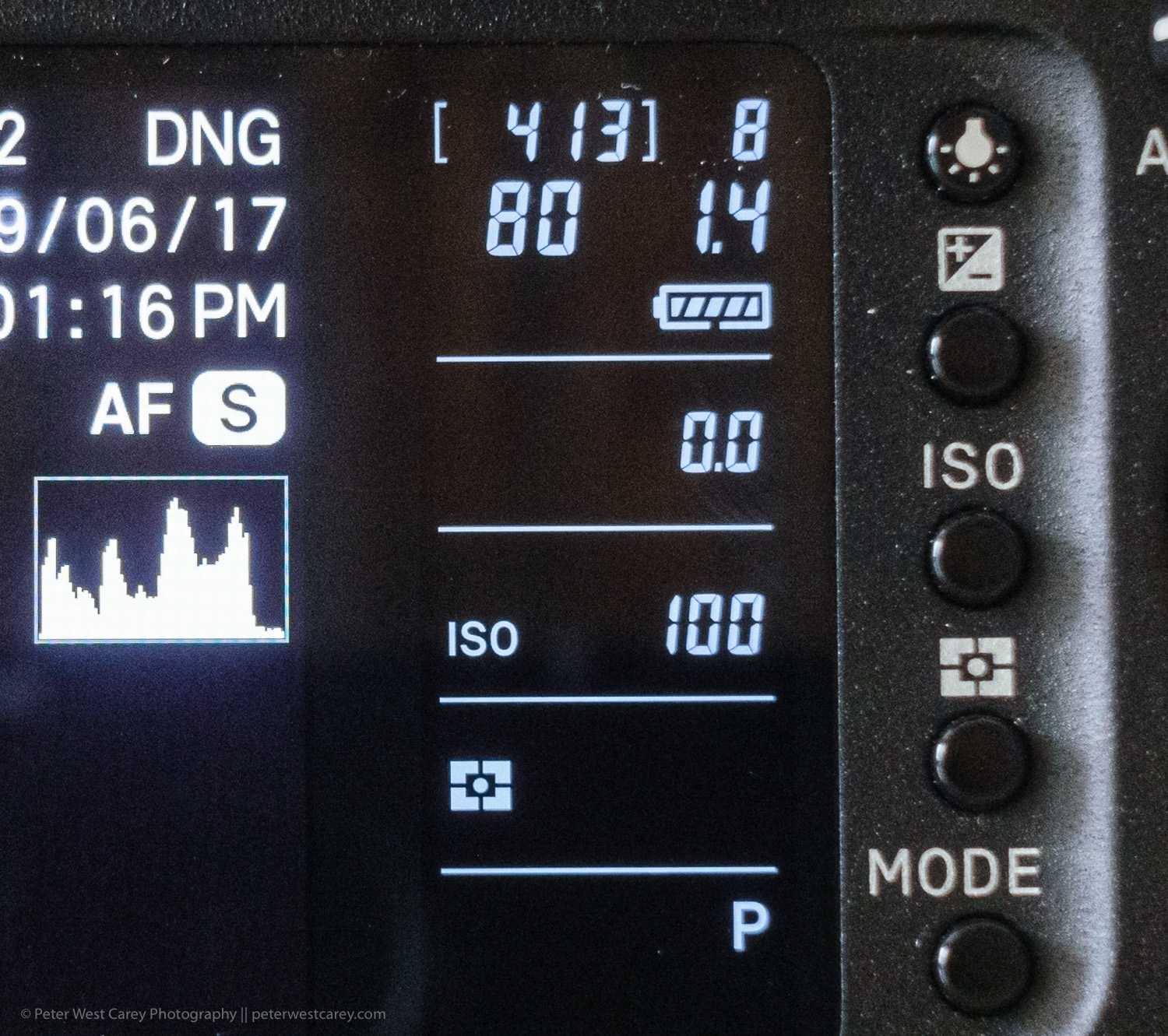
As with other mirrorless cameras, having the histogram displayed in the viewfinder is a boon, especially when the dynamic range of the camera is less than 10-stops. Keeping the exposure correct with a histogram to help analyze a scene is very useful.
Menu control
Before we get into the menus, the Quattro has a hand QS button on the top, just next to the shutter release. It brings up a Quick Selection menu (either in the viewfinder or back screen). This is where you’ll want to make most of your image quality and other changes. The menu options are selectable within the camera’s options menu.
You select the camera’s menu by pressing the obvious MENU button on the back of the camera. The top control wheels or the back multi-directional buttons control the menus. Menus are displayed in an over-down setup, much like Canon cameras.
There are six shooting menus, two review menus, and five setup menus.
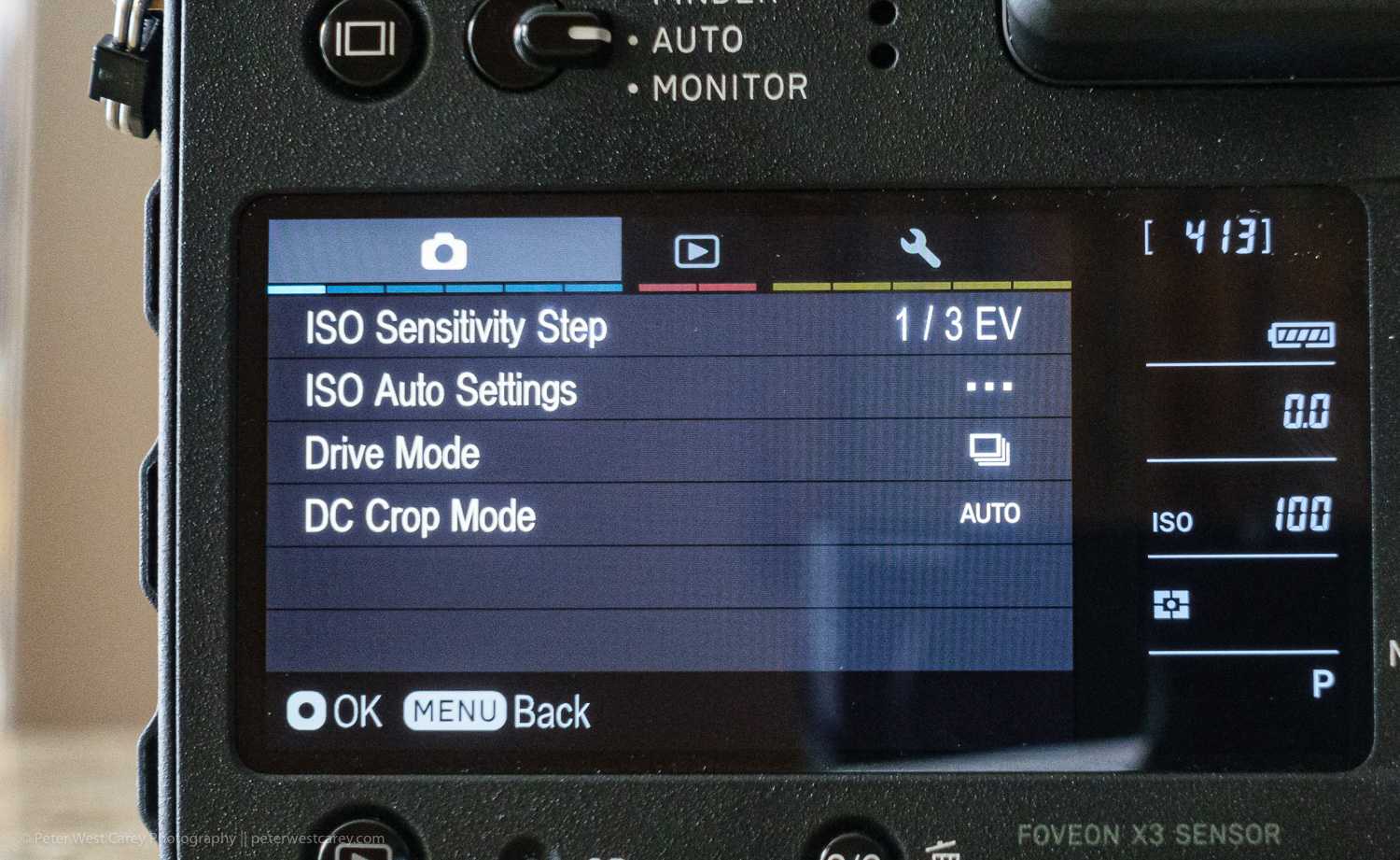
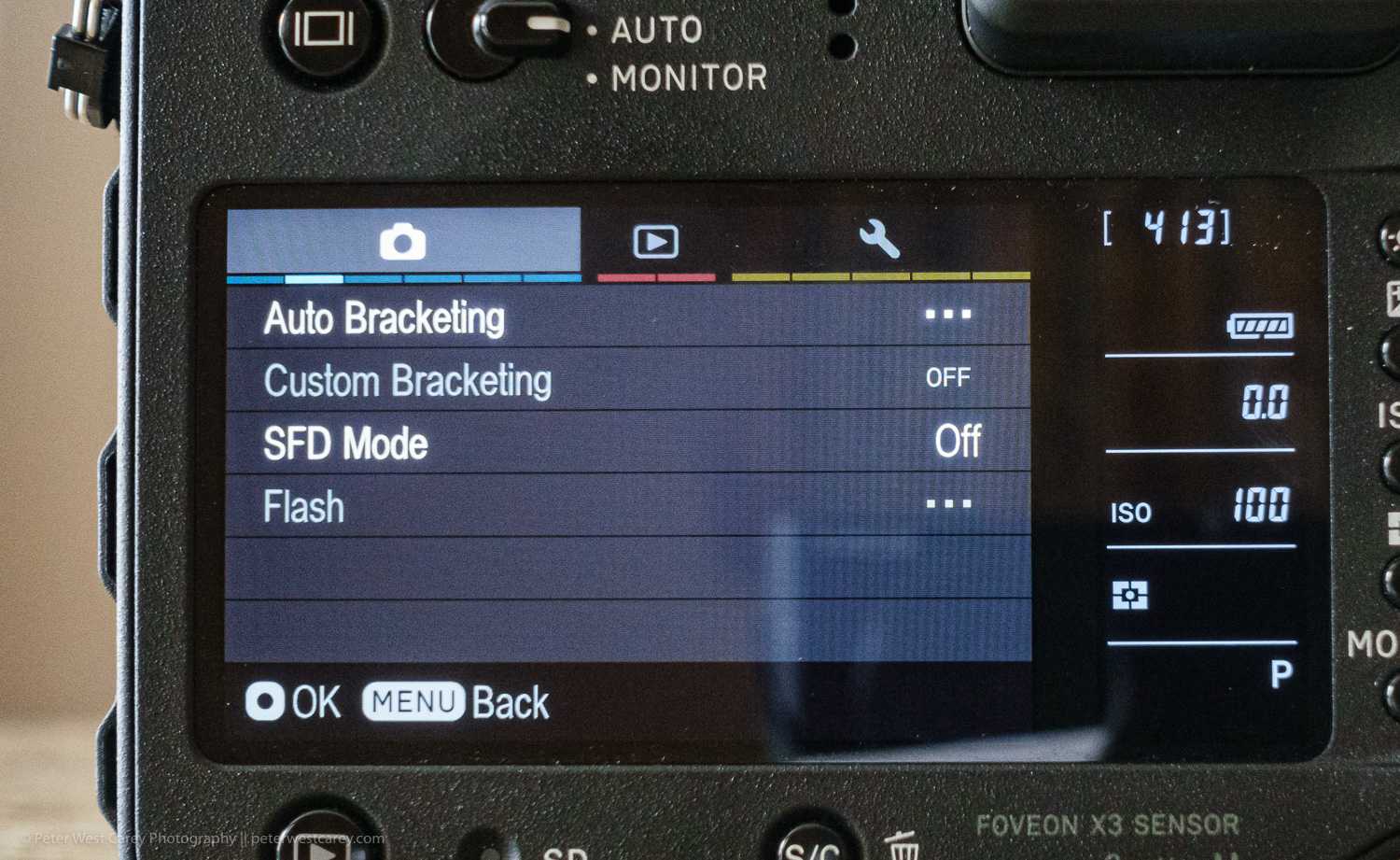
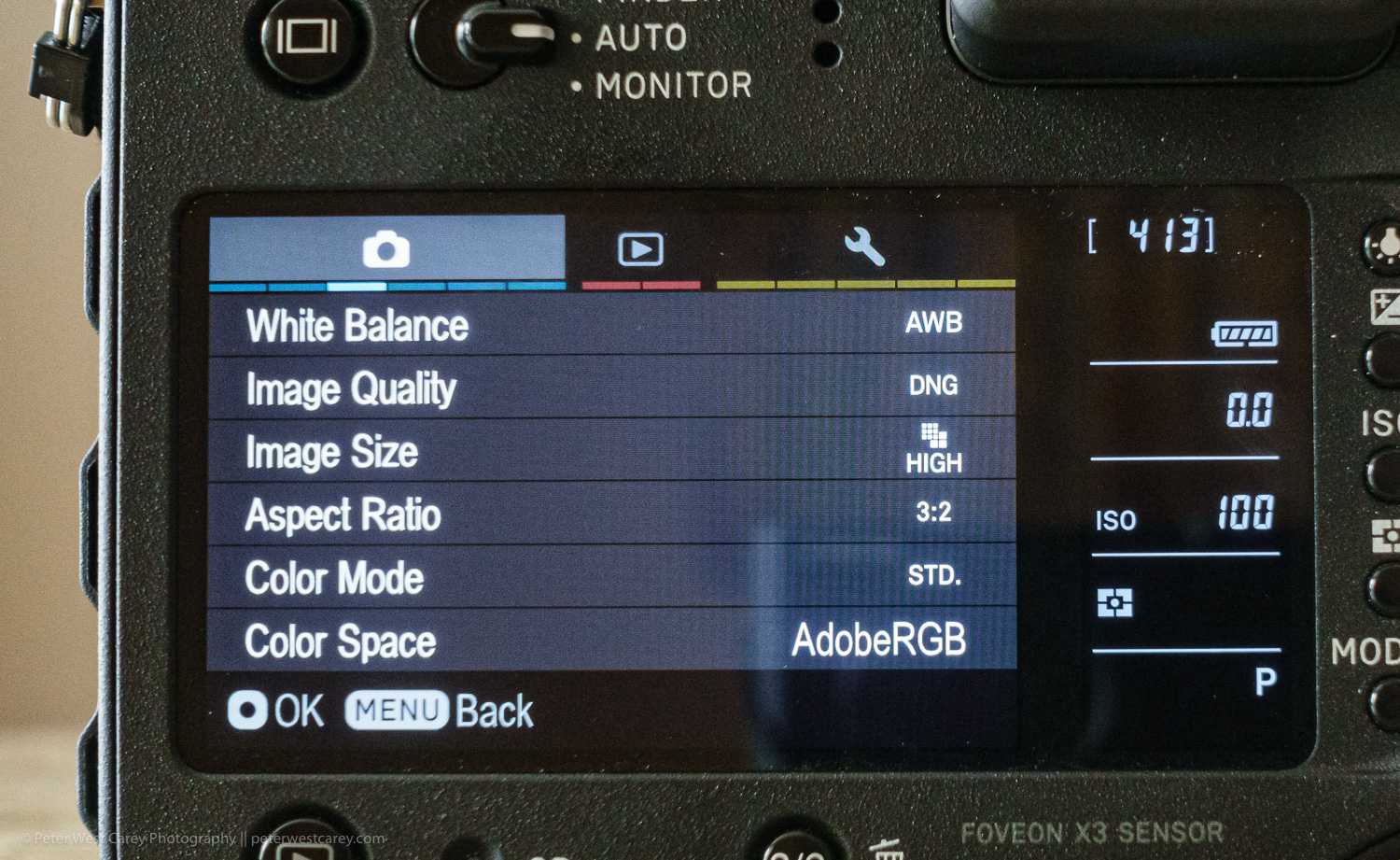
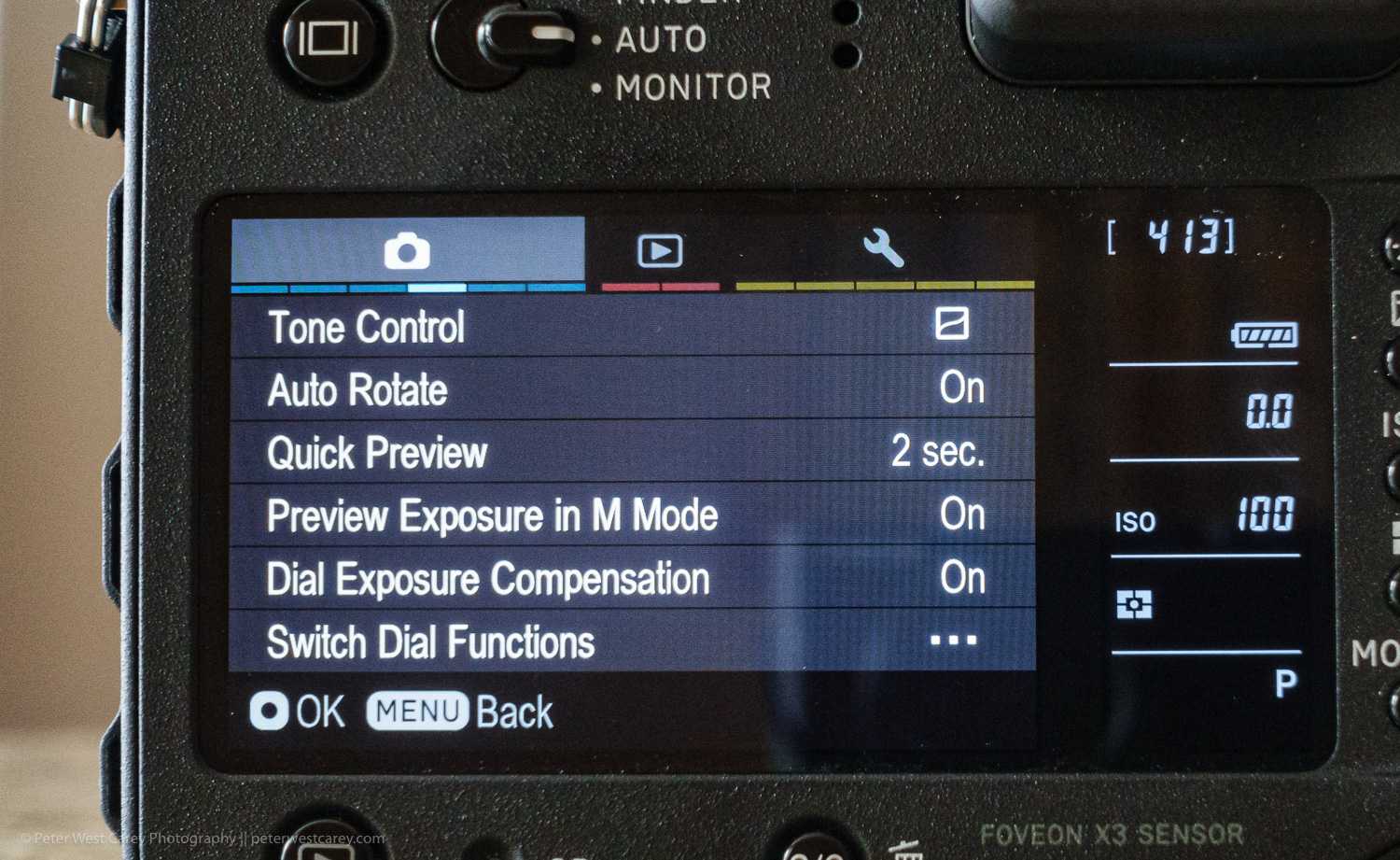
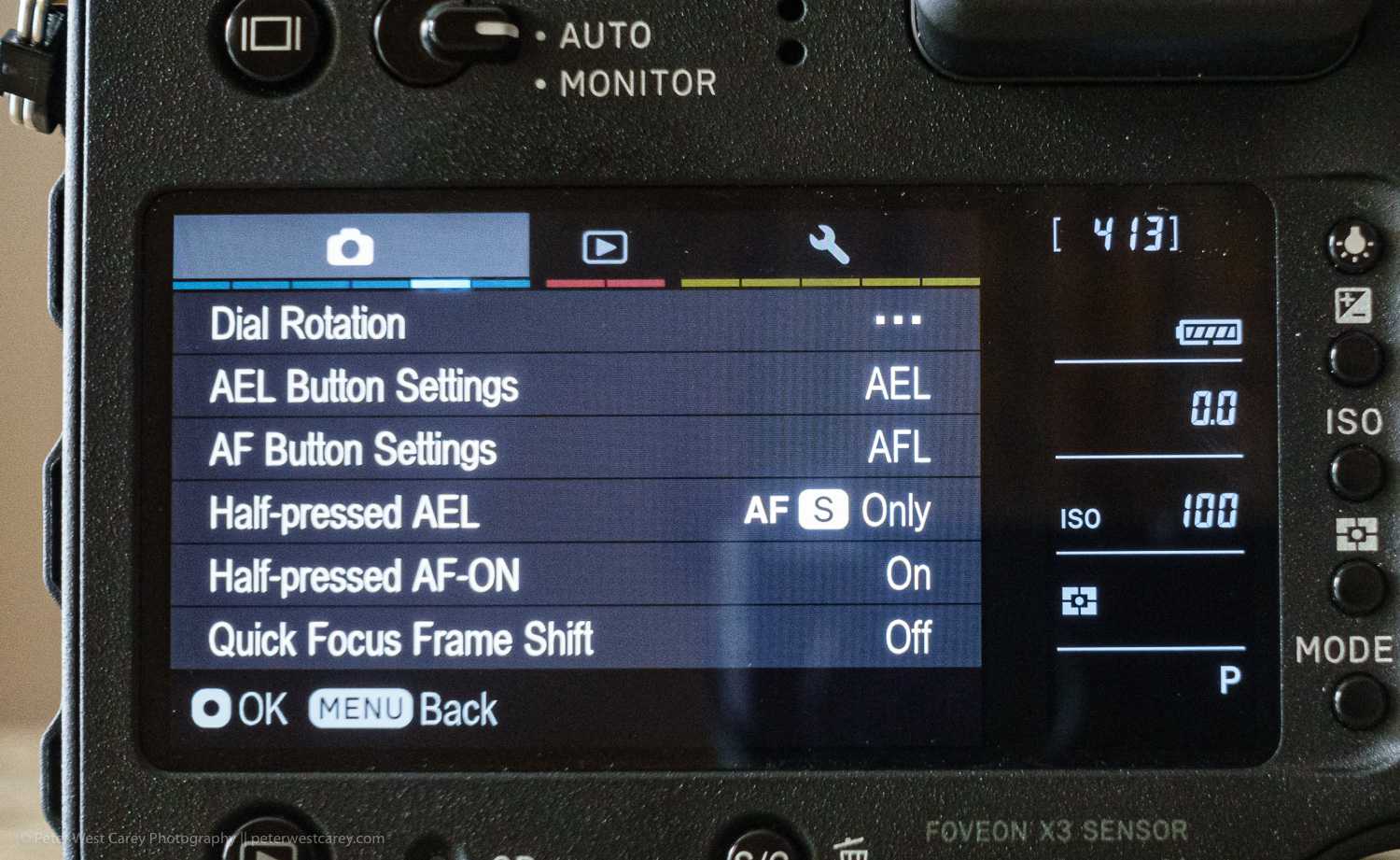
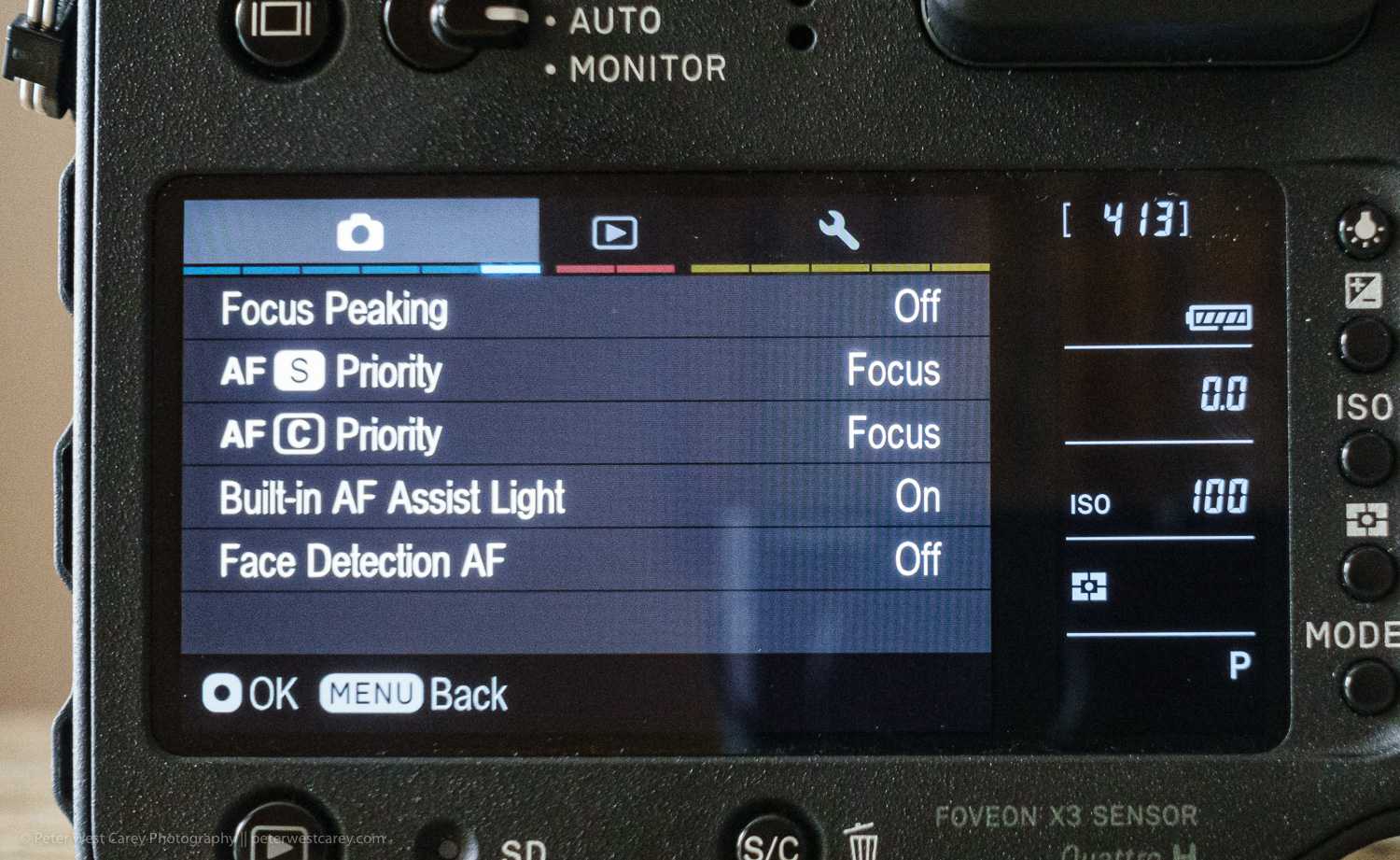
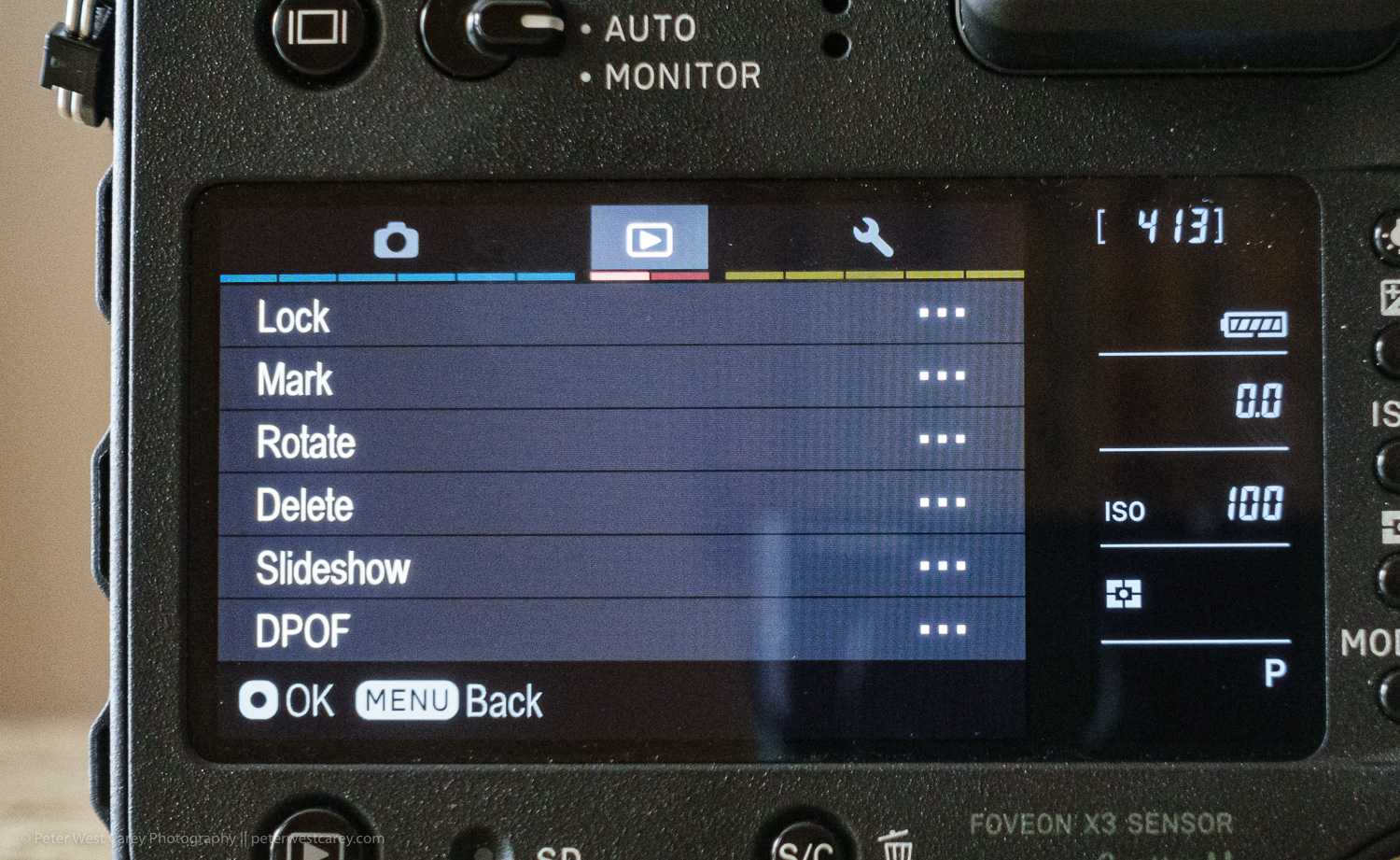
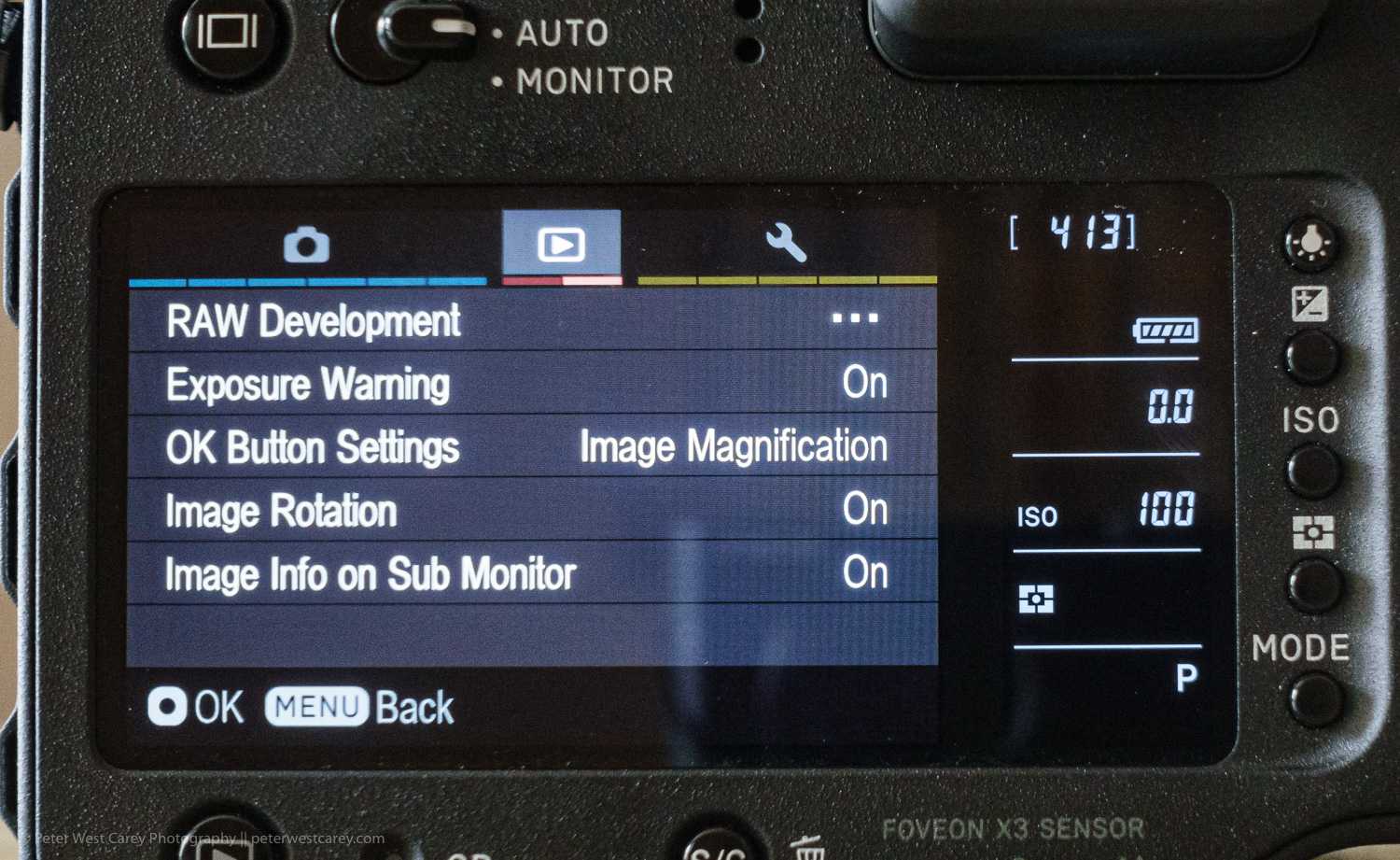
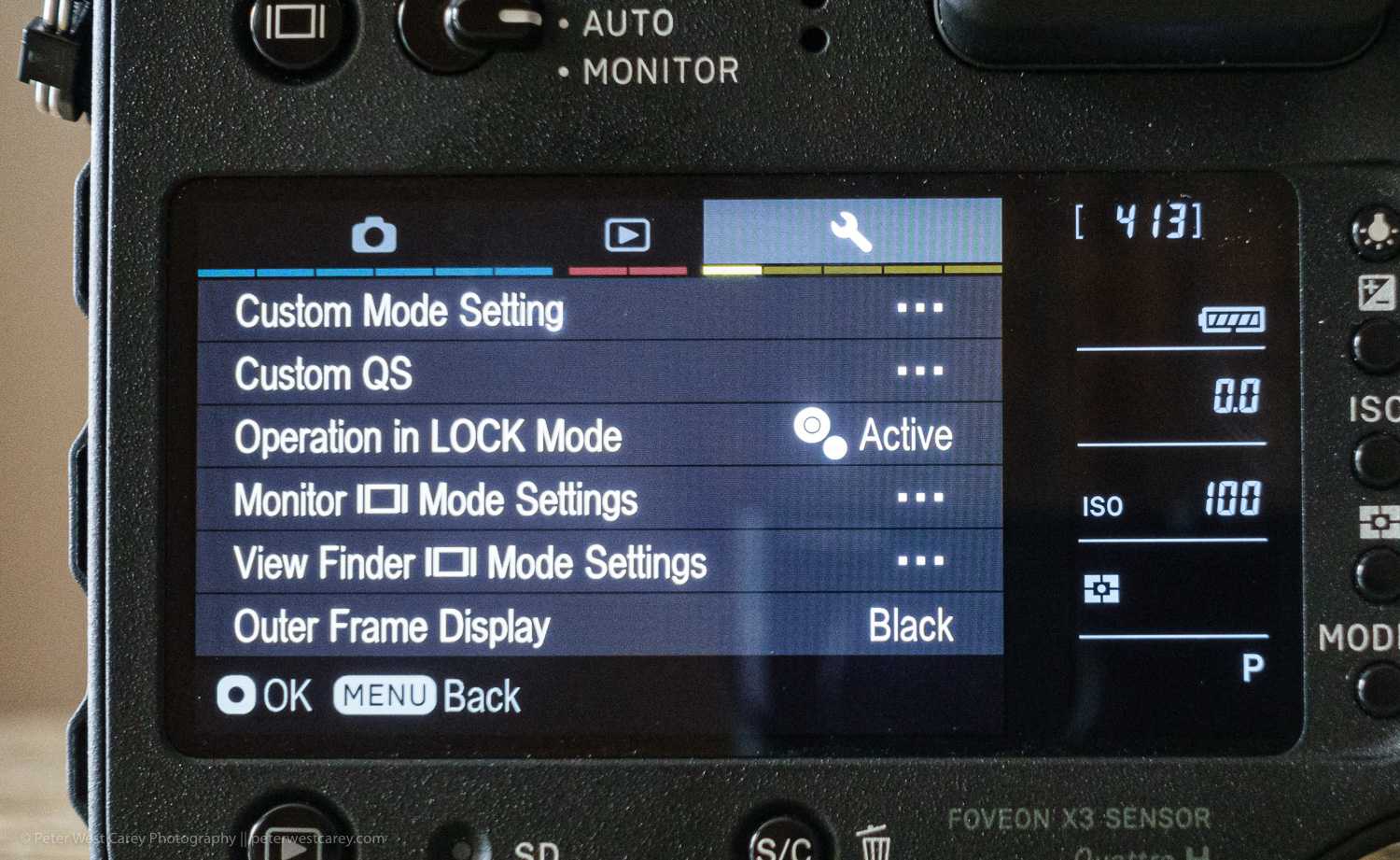
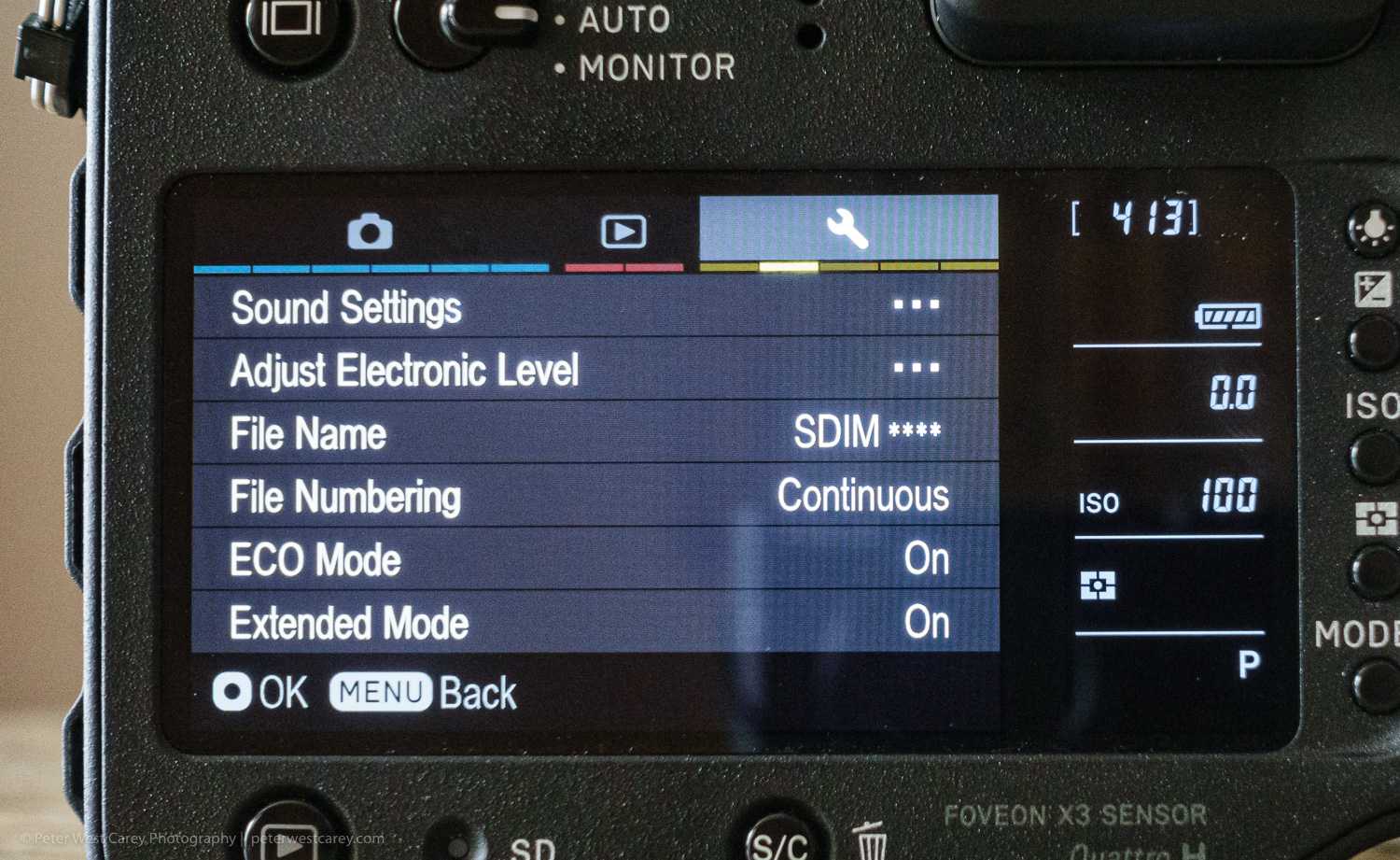
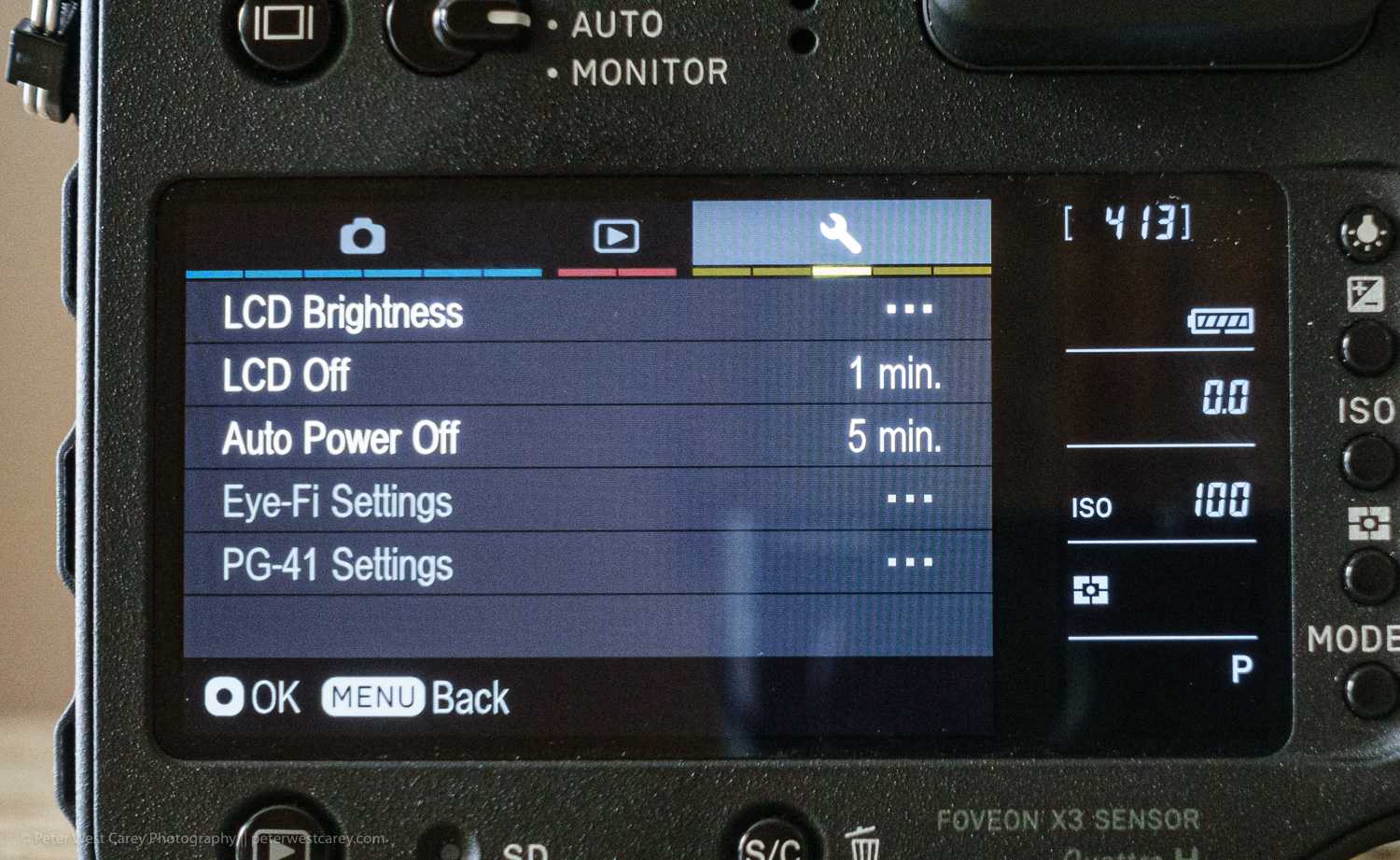
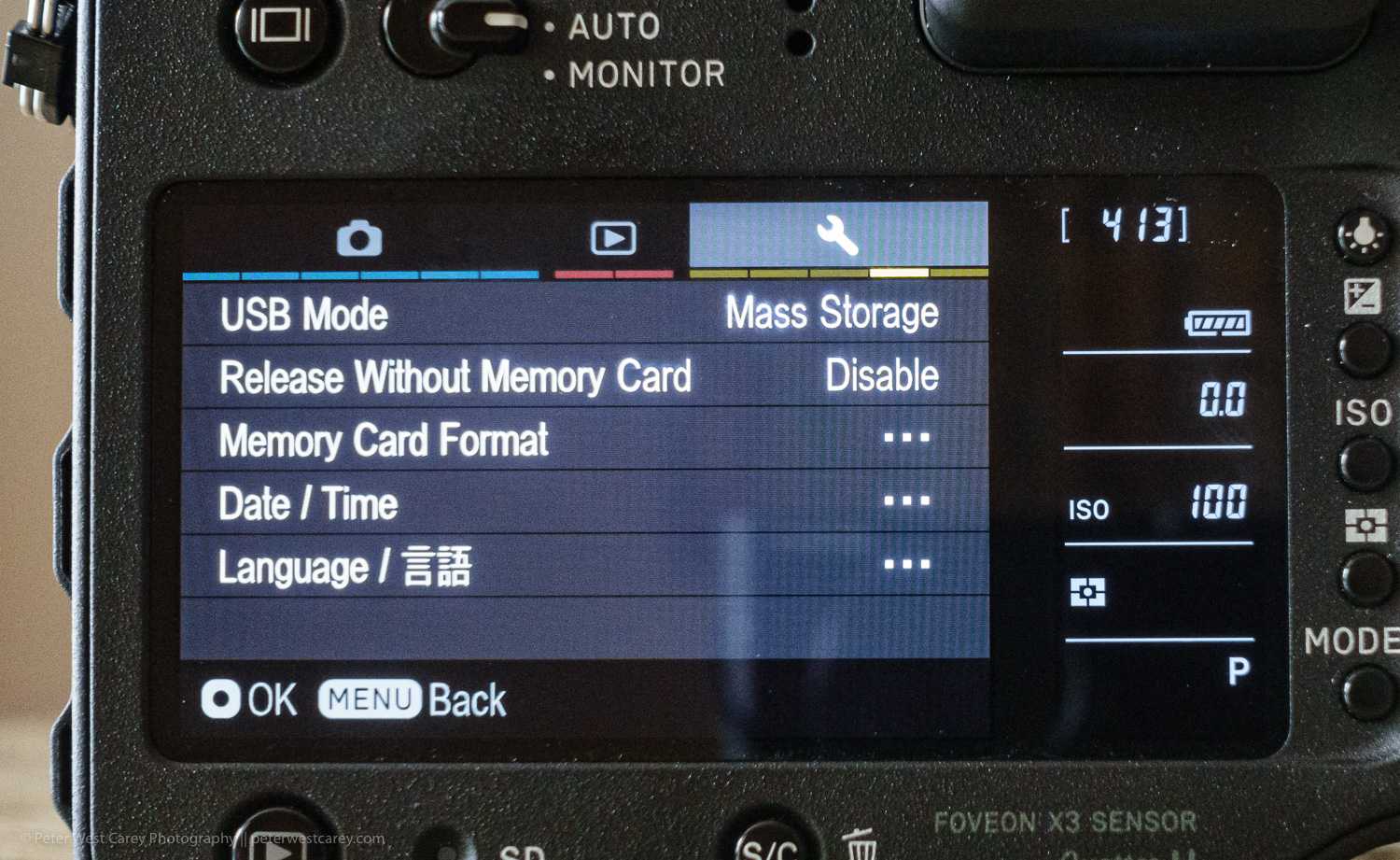

Fit & Feel
Admittedly, the Quattro looks a little odd. It has a weird shape and the viewfinder seems to be in the wrong spot.
The grip is comfortable and makes all-day use easy. While not cupped in like some DSLR cameras, it has enough surface for a solid grip.
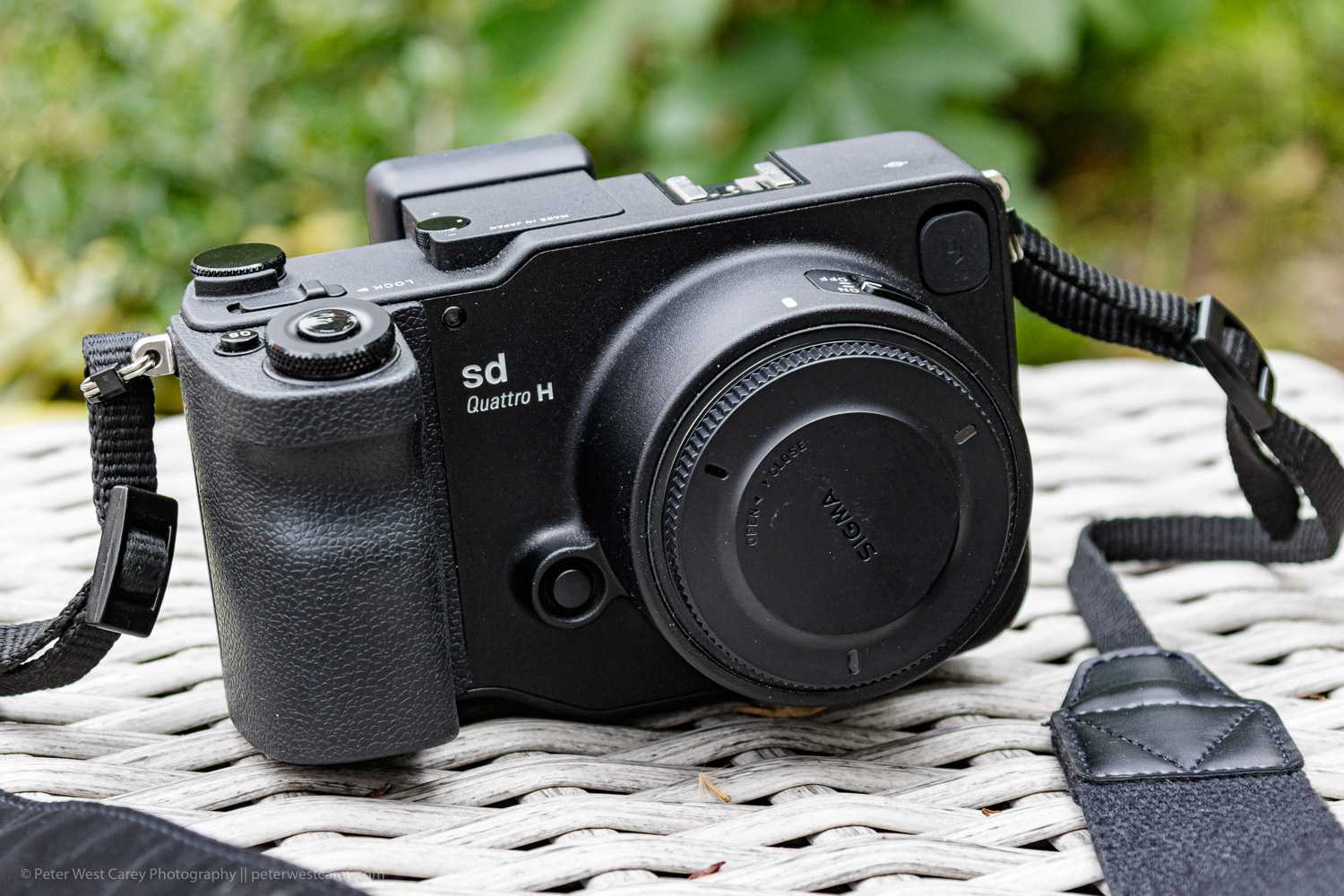
The viewfinder is off to the side to allow space for the hotshoe directly over the lens. This tripped me up more than a dozen times as I grabbed the camera, with its DSLR-like feel, and brought it up to my eye in the wrong location. Not a big deal, but it felt a little off at times. Those without a lot of DSLR experience will not notice anything amiss.
The camera feels solid like a quality DSLR while having less weight. It feels like a camera that can handle hard work for years to come.
Sample Images
This is a selection of sample images from the Sigma sd Quattro H camera, which were all taken using the High JPEG setting. The thumbnails below link to the full-sized versions, which have not been altered in any way.
Download
1/13s · f/4 · ISO 100 46mm (35mm)
Download Original
Download
1/25s · f/4 · ISO 200 46mm (35mm)
Download Original
Download
1/50s · f/4 · ISO 400 46mm (35mm)
Download Original
Download
1/100s · f/4 · ISO 800 46mm (35mm)
Download Original
Download
1/200s · f/4 · ISO 1600 46mm (35mm)
Download Original
Download
1/400s · f/4 · ISO 3200 46mm (35mm)
Download Original
Download
1/800s · f/4 · ISO 6400 46mm (35mm)
Download Original
Download
1/800s · f/1.4 · ISO 100 46mm (35mm)
Download Original
Download
1/50s · f/2.8 · ISO 250 46mm (35mm)
Download Original
Download
1/200s · f/2.8 · ISO 100 46mm (35mm)
Download Original
Download
1/1000s · f/4 · ISO 100 46mm (35mm)
Download Original
Download
1/250s · f/2 · ISO 100 46mm (35mm)
Download Original
Download
1/500s · f/5.6 · ISO 100 46mm (35mm)
Download Original
Download
1/2000s · f/1.4 · ISO 100 46mm (35mm)
Download Original
Download
1/1000s · f/1.4 · ISO 100 46mm (35mm)
Download Original
Download
1/100s · f/8 · ISO 100 46mm (35mm)
Download Original
Download
1/250s · f/2.8 · ISO 100 46mm (35mm)
Download Original
Download
1/160s · f/5.6 · ISO 100 46mm (35mm)
Download Original
Download
1/1000s · f/1.4 · ISO 100 46mm (35mm)
Download Original
Download
1/80s · f/5.6 · ISO 100 46mm (35mm)
Download Original
Download
1/60s · f/4 · ISO 100 46mm (35mm)
Download Original
Download
1/60s · f/8 · ISO 100 46mm (35mm)
Download Original
Download
1/640s · f/1.8 · ISO 100 46mm (35mm)
Download Original
Download
1/100s · f/4 · ISO 100 46mm (35mm)
Download Original
Download
1/200s · f/4 · ISO 100 46mm (35mm)
Download Original
Download
1/2000s · f/1.4 · ISO 100 46mm (35mm)
Download Original
Download
1/100s · f/4 · ISO 100 46mm (35mm)
Download Original
Download
1/50s · f/5.6 · ISO 100 46mm (35mm)
Download Original
Download
1/1000s · f/1.4 · ISO 100 46mm (35mm)
Download Original
Download
1/200s · f/1.4 · ISO 100 46mm (35mm)
Download Original
Download
1/4000s · f/1.4 · ISO 100 46mm (35mm)
Download Original
Download
1/60s · f/8 · ISO 100 46mm (35mm)
Download Original
Download
1/50s · f/8 · ISO 100 46mm (35mm)
Download Original
Quick Stats
First, a few stats from Sigma’s website.
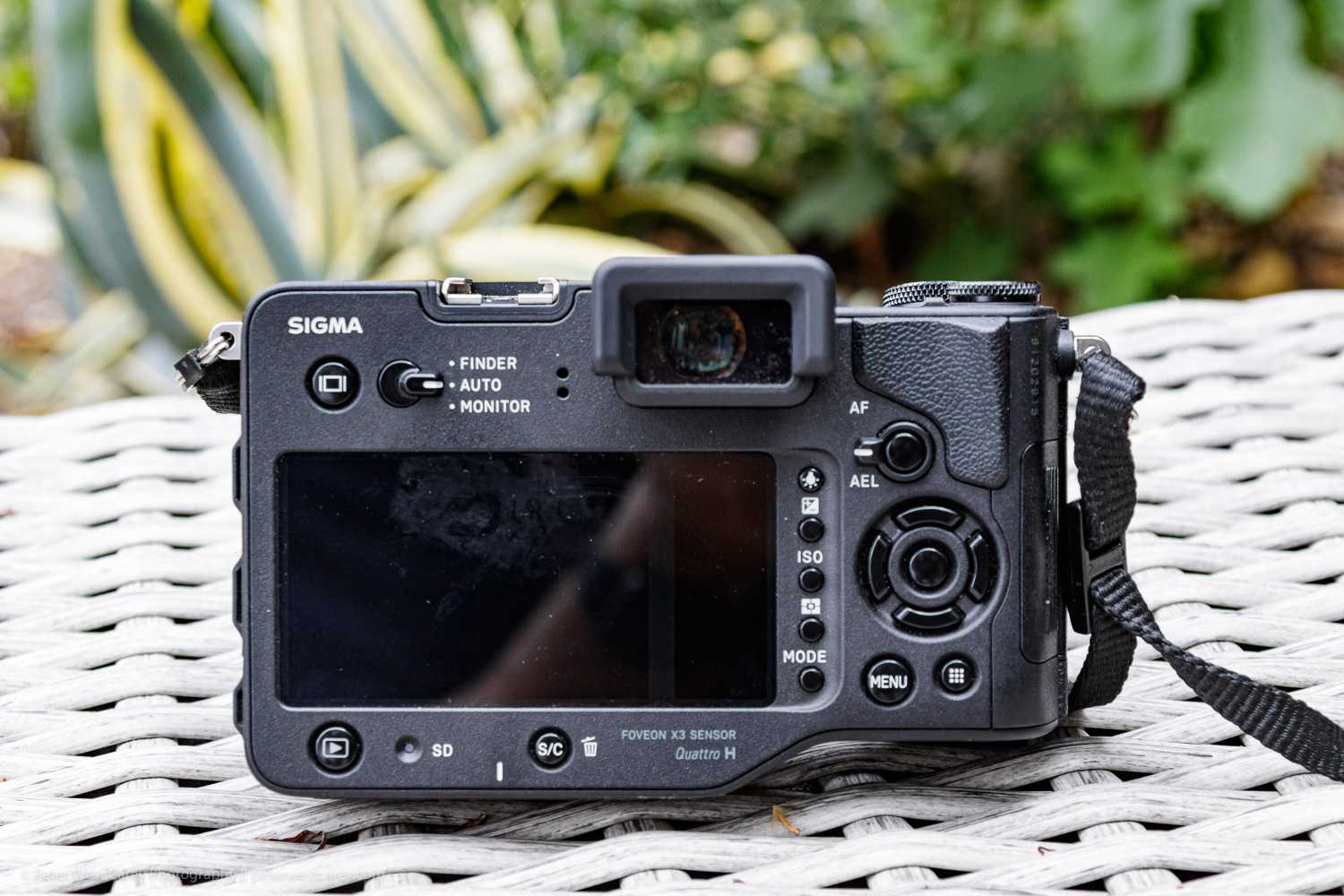
| Lens Mount | SIGMA SA bayonet mount |
| Angle of View | Equivalent to approx. 1.3 times the focal length of the lens (on 35mm cameras) |
| Image Sensor | Foveon X3 direct image sensor(CMOS) |
| Image Sensor Size | 26.7×17.9mm (1.0in. ×0.7in. ) |
| Number of Pixels | Effective Pixels: Approx. 38.6MP T(Top): 6,200×4,152 / M(Middle): 3,100×2,076 / B(Bottom): 3,100×2,076 Total Pixels: Approx. 44.7MP |
| Aspect Ratio | 3:2 |
| Storage Media | SD Card, SDHC Card, SDXC Card, Eye-Fi Card |
| Type | Electronic viewfinder (approx. 2,360,000 dots color LCD monitor) |
| Viewfinder Frame Coverage | approx. 100% |
| Viewfinder Magnification | 0.96x (-1m-1, 50mm F1.4 at infinity) |
| Auto Focus Type | Phase difference detection system + Contrast detection system |
| AF Point | 9 points select mode, Free move mode (It is possible to change the size of Focus Frame to Spot, Regular and Large), Face Detection AF Mode |
| AF Operating Range | EV -1?EV 18 (ISO100 F1.4) |
| Focus Mode | Single AF, Continuous AF (with AF motion prediction function), Manual |
| Focus Lock | AEL/AF lock button is pressed or shutter release button is pressed halfway |
| Metering Systems | Evaluative Metering, Spot Metering, Center-Weighted Average Metering |
| Metering Range | EV 0?EV 17 (50mm F1.4 ISO100) |
| Exposure Control System | (P) Program AE (Program Shift is possible), (S) Shutter Speed Priority AE, (A) Aperture Priority AE, (M) Manual |
| ISO Sensitivity | ISO 100-6400 |
| Exposure Compensation | ±5 EV ?in 1/3 stop increments) |
Shooting options
The sd Quattro H has all the standard shooting modes you’d expect: Manual, Program (with program shift), Aperture Priority and Shutter Speed Priority.
ISO is selectable between 100-6400, not quite the range we’re accustomed to with modern DSLR bodies. Further, noise becomes quite notable around ISO 800, making it difficult to get used to the higher ISO limits. It does have the ability to use Auto ISO and to limit the range, which I find useful.
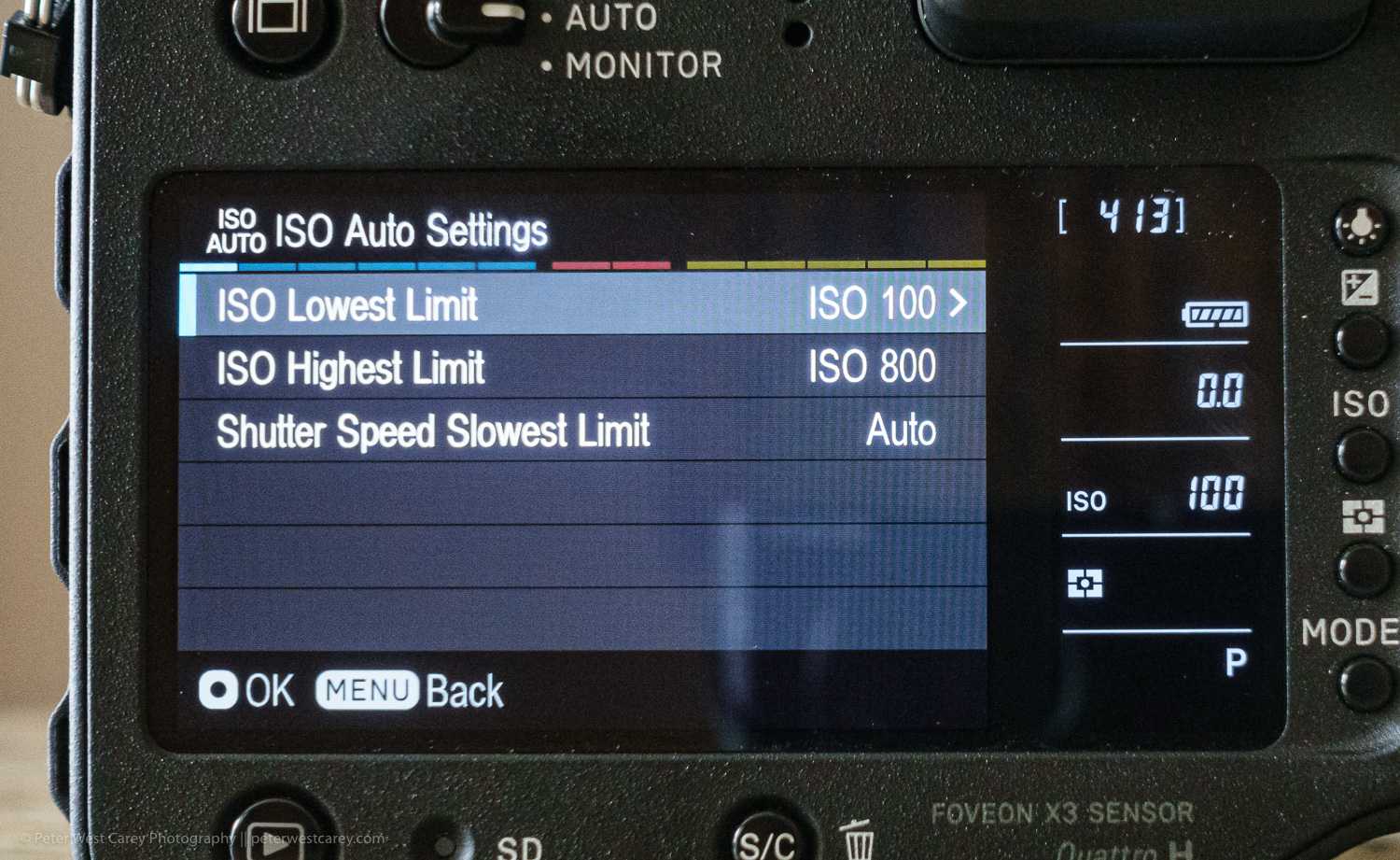
While there are only nine focus points, arranged in a standard 3×3 grid, Sigma does give you the capability to change the size of the focus points in three steps, with the larger size covering a decent 60% of the viewing area. You can also select individual points instead of using all nine. This combination allows for a fair amount of control for wide-open scenes down to a need to focus on an individual stamen on a flower.
